In recent years, as American families have increasingly demanded a high quality of life and sought bathroom designs that reflect their style, stand alone tubs have become the darling of high-end residential bathroom design. It not only enhances the overall style of the space but also brings a more comfortable and luxurious bathing experience. However, faced with a wide range of product options, different materials, and styles, choosing the most suitable stand alone tub based on the actual space, budget, and usage needs of their bathroom is a concern for many American consumers. This article will focus on the characteristics of the US market, from space measurement and material selection to style, functional configuration, installation, and budget, providing a comprehensive and detailed analysis to help you create an ideal private bathroom.
1. American Family Bathroom Space and Size Measurement
The bathroom area of American homes varies significantly, ranging from compact second-floor bathrooms to spacious master bathroom suites in luxury homes. The first step in purchasing a stand alone tub is to measure the bathroom's dimensions accurately.
- Overall bathroom size
Use feet and inches as measurement units. stand alone tubs are generally between 55 and 72 inches (approximately 4.6-6 feet) long and about 30 to 36 inches wide. You need to ensure there is sufficient space for people to walk around and clean the bathtub after it is installed. It is generally recommended to leave at least 2 feet (24 inches) of space around the bathtub.
- Door, window, and pipe location
When purchasing, consider the door's opening direction, the window's location, and the placement of water pipes and drains to avoid interfering with daily use due to the bathtub's unreasonable placement.
- Floor load-bearing capacity
Especially when installing cast iron or stone composite bathtubs, which can weigh up to 300 pounds or more, it is essential to ensure that the floor structure is stable enough and reinforce it if necessary.
Accurate measurement and reasonable planning can help you avoid subsequent installation problems and a sense of crowded space.
2. Material selection: the key to comfort and durability
In the US market, stand alone tubs are made of a variety of materials, which directly affect the product's appearance, texture, thermal insulation performance, service life, and price. The primary materials include:
- Acrylic
Acrylic bathtubs are the most popular material in the US market due to their lightweight nature (usually 70-100 pounds), moderate price (approximately $ 800-$ 1,500), sound thermal insulation, and smooth surface. The disadvantage is that they are relatively easy to scratch and may fade or age over time with prolonged use.
- Cast Iron
The traditional and classic cast iron bathtub is covered with porcelain enamel, heavy (over 300 pounds), and priced from $1,500. It is highly durable and features excellent thermal insulation, making it suitable for users who prioritize high quality and durability. The floor load-bearing requirements are high during installation.
- Stone Resin
This is an artificial stone material that combines the texture of natural stone with excellent thermal insulation and wear resistance. The price ranges from $2,000 to $5,000. It is suitable for consumers who prioritize high-end aesthetics and value comfort.
- Copper and stainless steel
Copper bathtubs are popular for their antibacterial properties and unique metallic luster, but they are expensive, typically costing over $3,000. Modern stainless steel bathtubs are also a popular choice for luxury homes, suitable for both industrial and modern-style bathrooms.
The choice of material should be weighed against budget, frequency of use, and maintenance ability to ensure that the bathtub is both durable and practical.

3. Style design: matching the overall bathroom style
American consumers have diverse demands for bathroom design styles, making independent bathtubs rich and varied in style:
- Modern minimalist style
Primarily featuring pure colors, simple oval or rectangular shapes, commonly in white, matte black, or neutral tones, these designs are suitable for modern apartments or newly renovated bathrooms.
- Retro classic style
Claw-foot bathtubs are still popular in American country and retro-style homes, offering a classic and elegant design with a strong sense of history.
- Transitional style
Combining modern and traditional elements, the design is softer and more suitable for families who pursue an eclectic decorative style.
- Luxury spa style
Using large-sized bathtubs, often equipped with massage bubbles and heating functions, is a great way to create a private spa-like experience at home.
Choosing a bathtub that coordinates with the overall decoration style of the bathroom can significantly enhance the visual beauty and living experience of the space.
4. Functional configuration: the key to improving the bathing experience
With the advancement of technology, many independent bathtubs are equipped with various intelligent and comfortable functions:
- Massage jet system
Bubble or water flow massage helps relieve muscle tension and fatigue, making it an ideal choice for individuals who require deep relaxation.
- Heating and insulation function
Maintain a comfortable water temperature in the bathtub for longer, thereby extending your bathing time.
- Anti-slip bottom design
Enhances safety of use, making it especially suitable for families with elderly members and children.
- Overflow and drainage system
A reasonably designed overflow can prevent the bathtub from overflowing, and the location design of the drain also affects the convenience of use.
Rationally choosing a functional configuration can not only improve the quality of bathing but also avoid the extra cost caused by redundant functions.
5. Installation precautions and cost budget
Installing independent bathtubs is typically a professional job in the United States, involving pipeline layout, floor load-bearing, and space handling.
-
- Water pipes and drainage pipes
Independent bathtubs are usually not against the wall, and the hot and cold water pipelines and drainage positions need to be replanned. Some families need to rewire the wall.
- Floor reinforcement
Especially when installing cast-iron or stone bathtubs, structural reinforcement may be necessary to ensure safety.
- Transportation and placement
Bathtubs are large and heavy, so the width of doorways and stairs must be confirmed to avoid obstructions during transportation.
- Professional installation service
It is recommended to hire a certified plumber and renovation team to ensure installation quality and compliance with local regulations.
The installation cost typically ranges from $1,000 to $3,000, depending on the complexity and regional variations.
6. Budget planning and brand recommendation
In the US market, the price of stand alone tubs varies significantly:
- Entry-level acrylic bathtubs typically cost between $800 and $1,500, making them suitable for families with limited budgets and practical needs.
- Mid- to high-end cast iron and stone bathtubs: The price ranges from $1,500 to more than $5,000, making them suitable for consumers who prioritize quality and design.
- Luxury copper or custom styles: The price can exceed $6,000, suitable for the high-end market that pursues a unique personality and ultimate experience.
- When choosing a brand, American consumers often prioritize well-known brands such as Kohler, American Standard, Toto, and MTI Baths, which offer comprehensive after-sales service and quality assurance.
7. Summary: Tailor your choice and choose a stand-alone bathtub that is unique to you
Purchasing a stand-alone bathtub is a comprehensive decision that not only considers the size of the space, the material, and the design style, but also needs to be combined with functional requirements and budget. Especially in the US market, scientifically measuring the space, understanding the characteristics of the material, selecting the appropriate functions, and rationally planning the installation are the keys to ensuring the long-term comfort and safety of the bathtub.
A suitable stand-alone bathtub can enhance the overall design sense of the bathroom, providing a more luxurious and comfortable bathing experience, and allowing you to enjoy private spa time at home. This ultimate guide can help you sort out your thoughts, choose the perfect bathtub that is unique to you, and open a new chapter in a healthy and beautiful life.

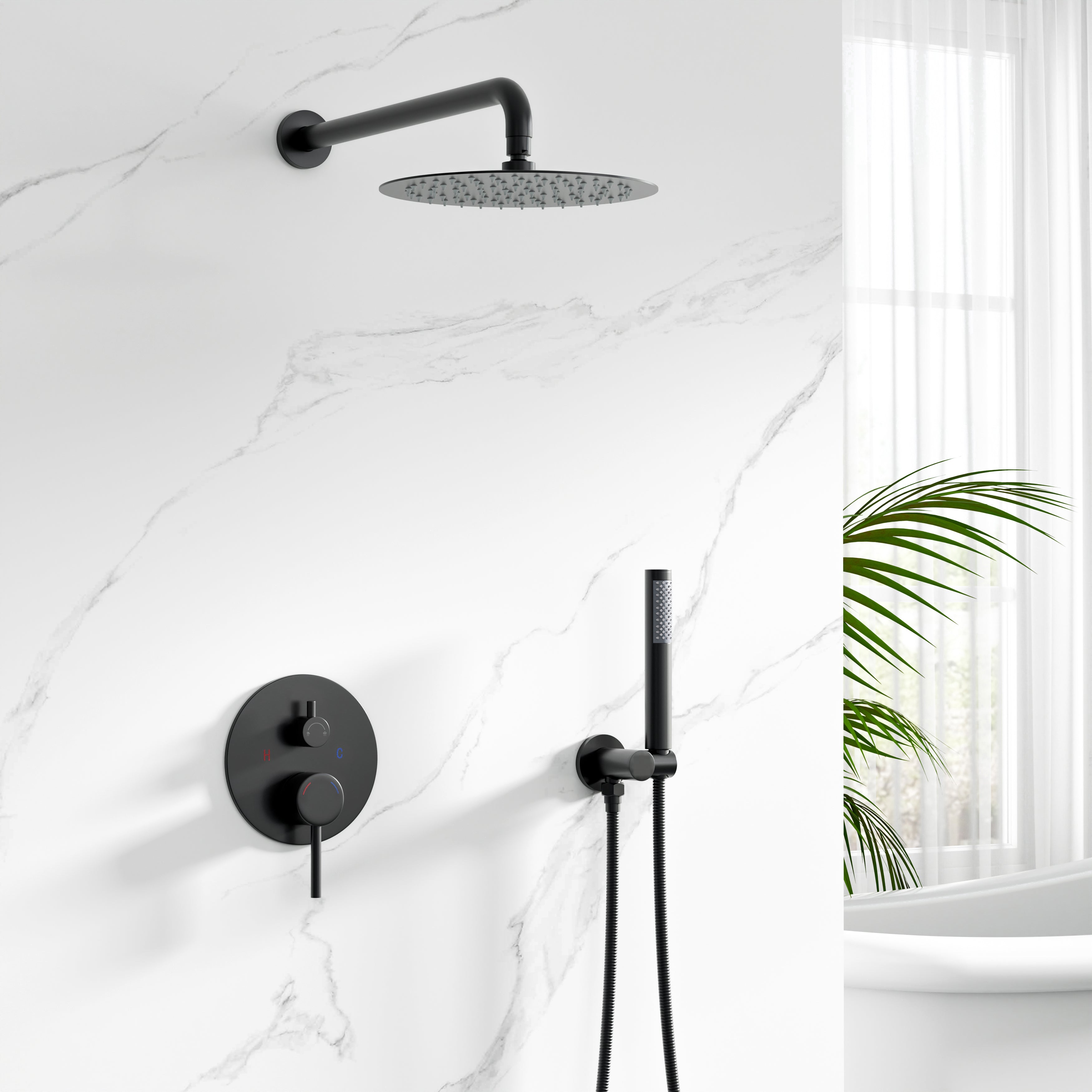
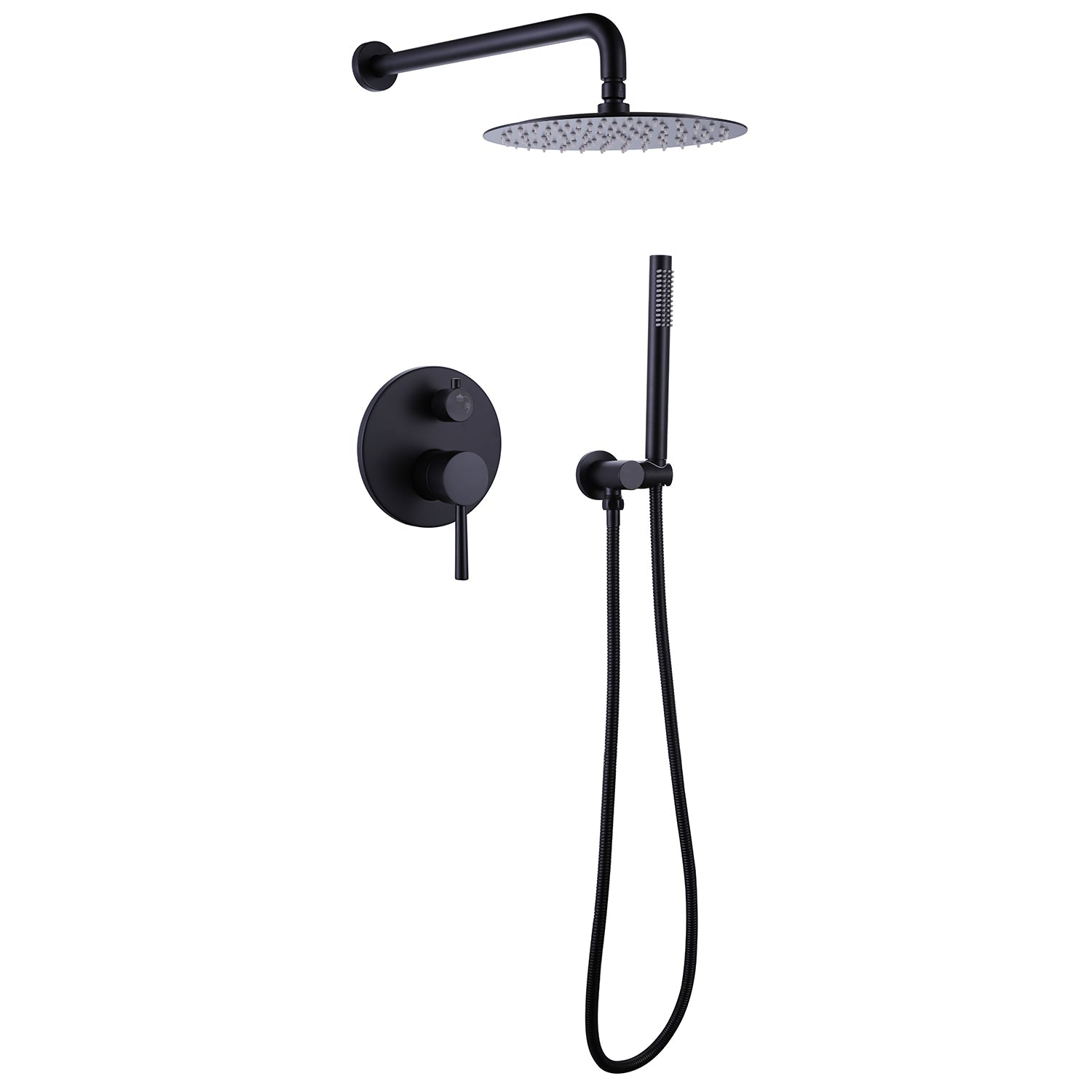


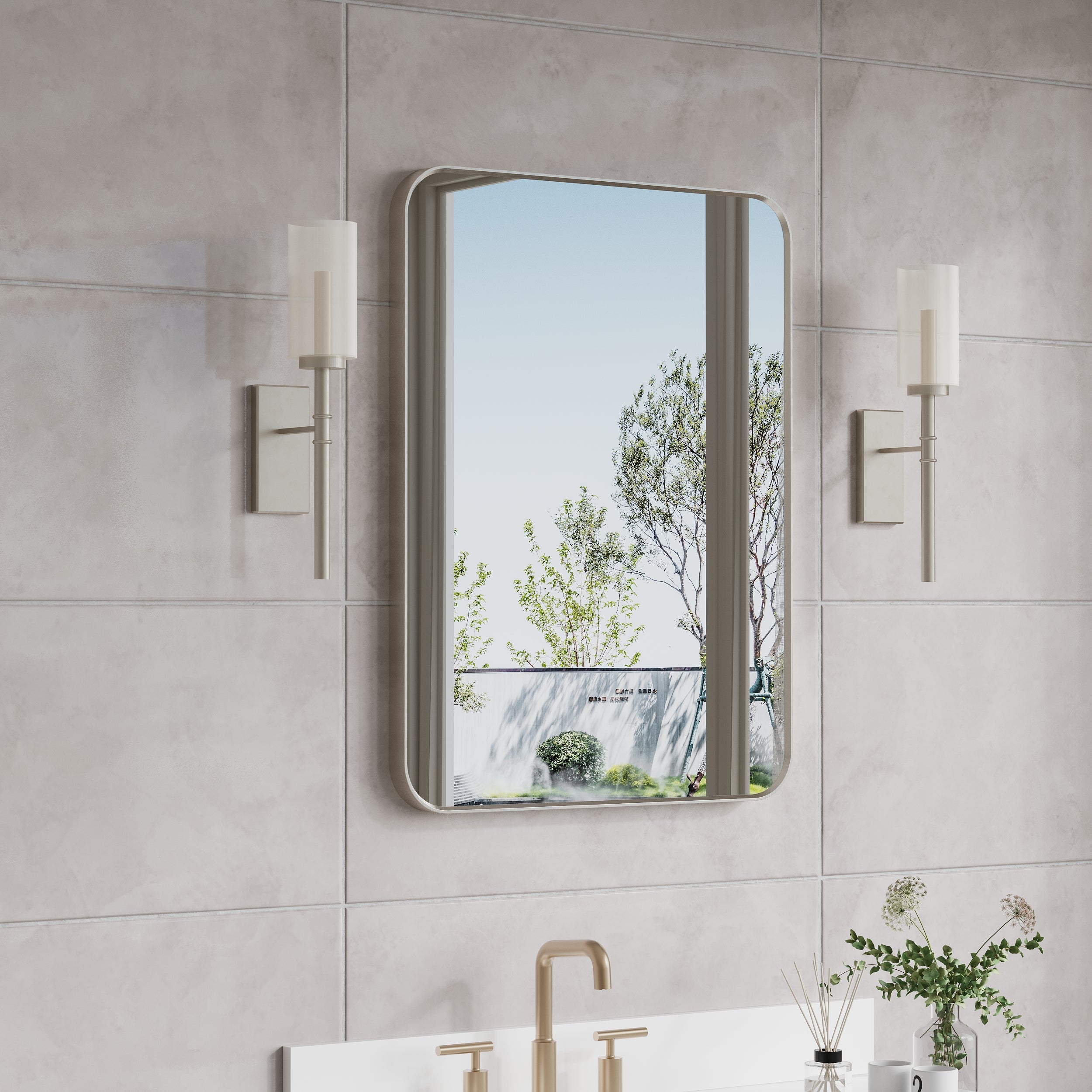
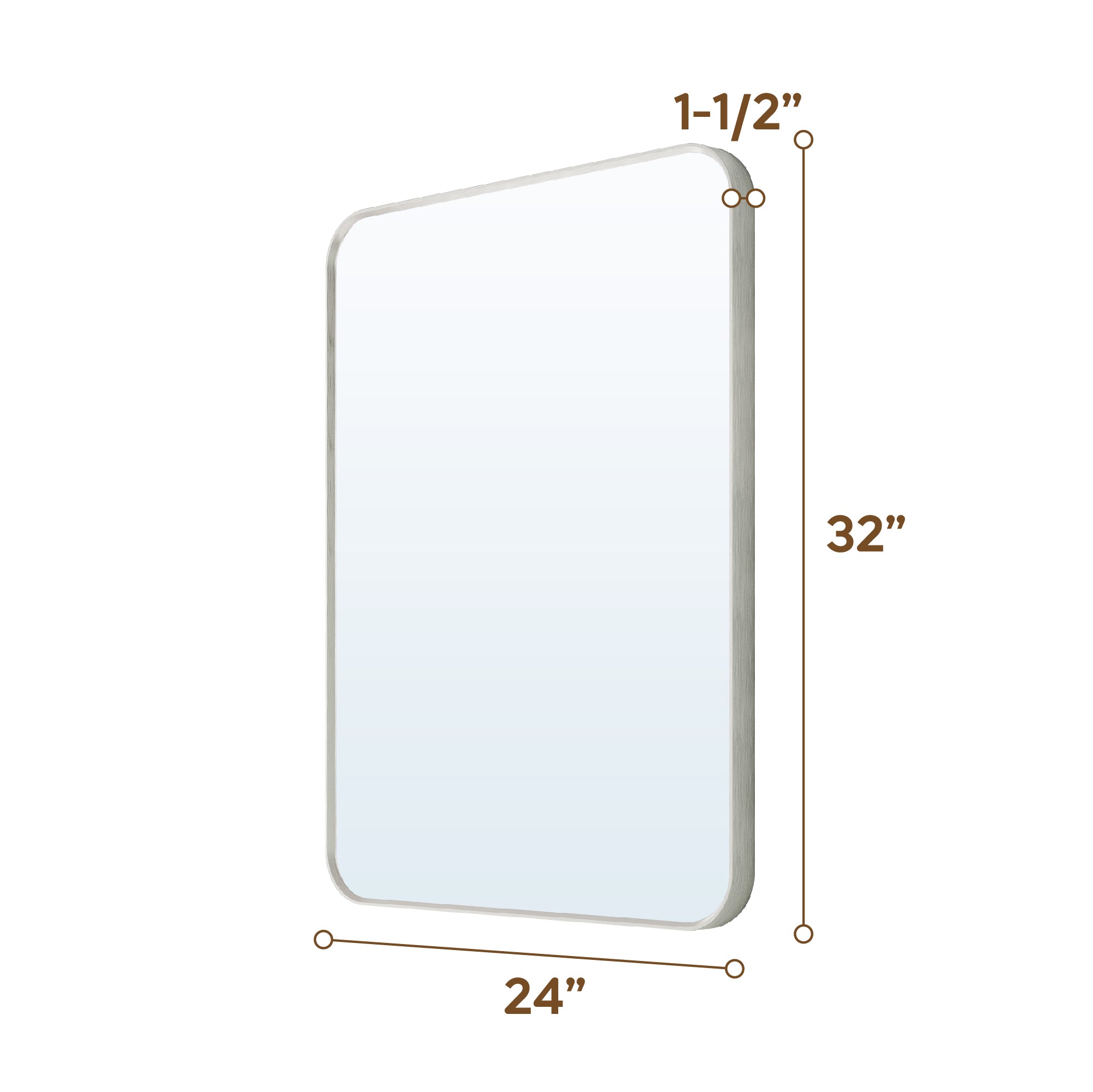



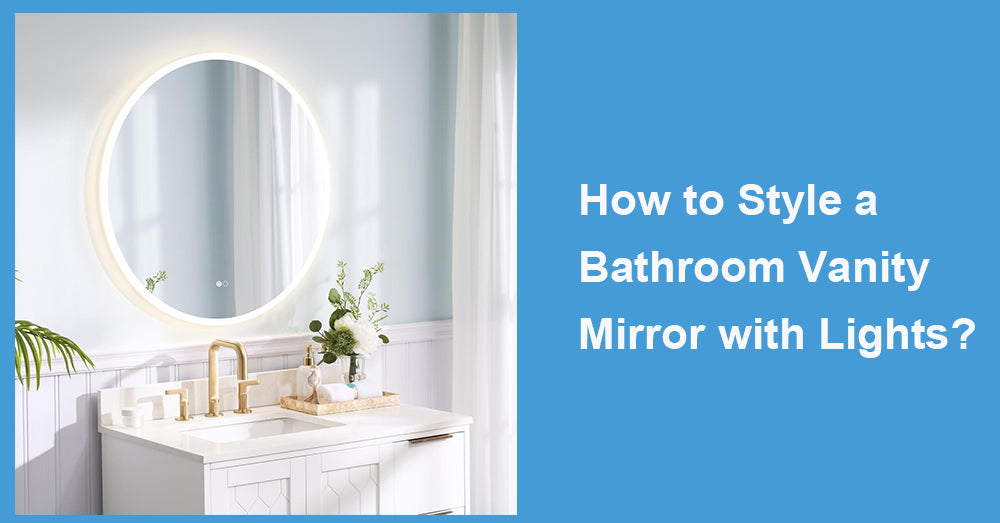
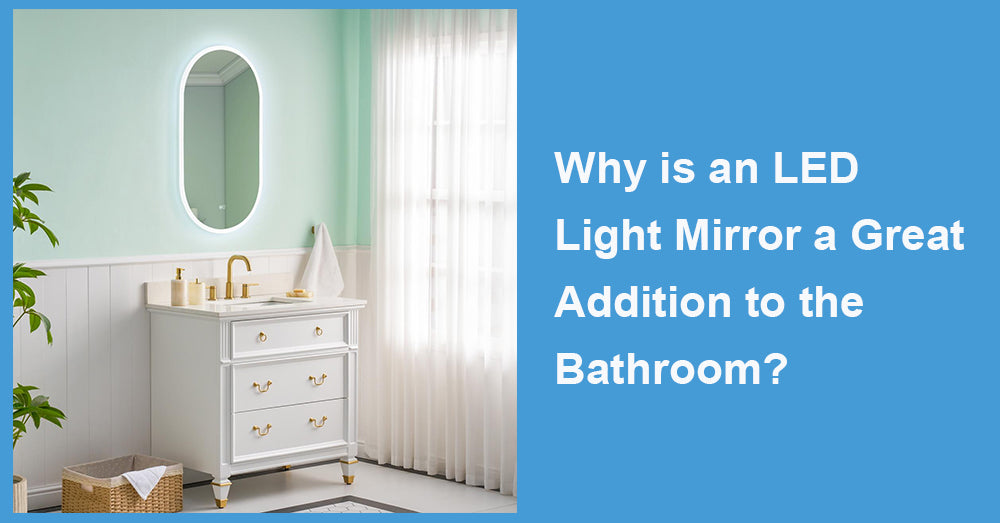
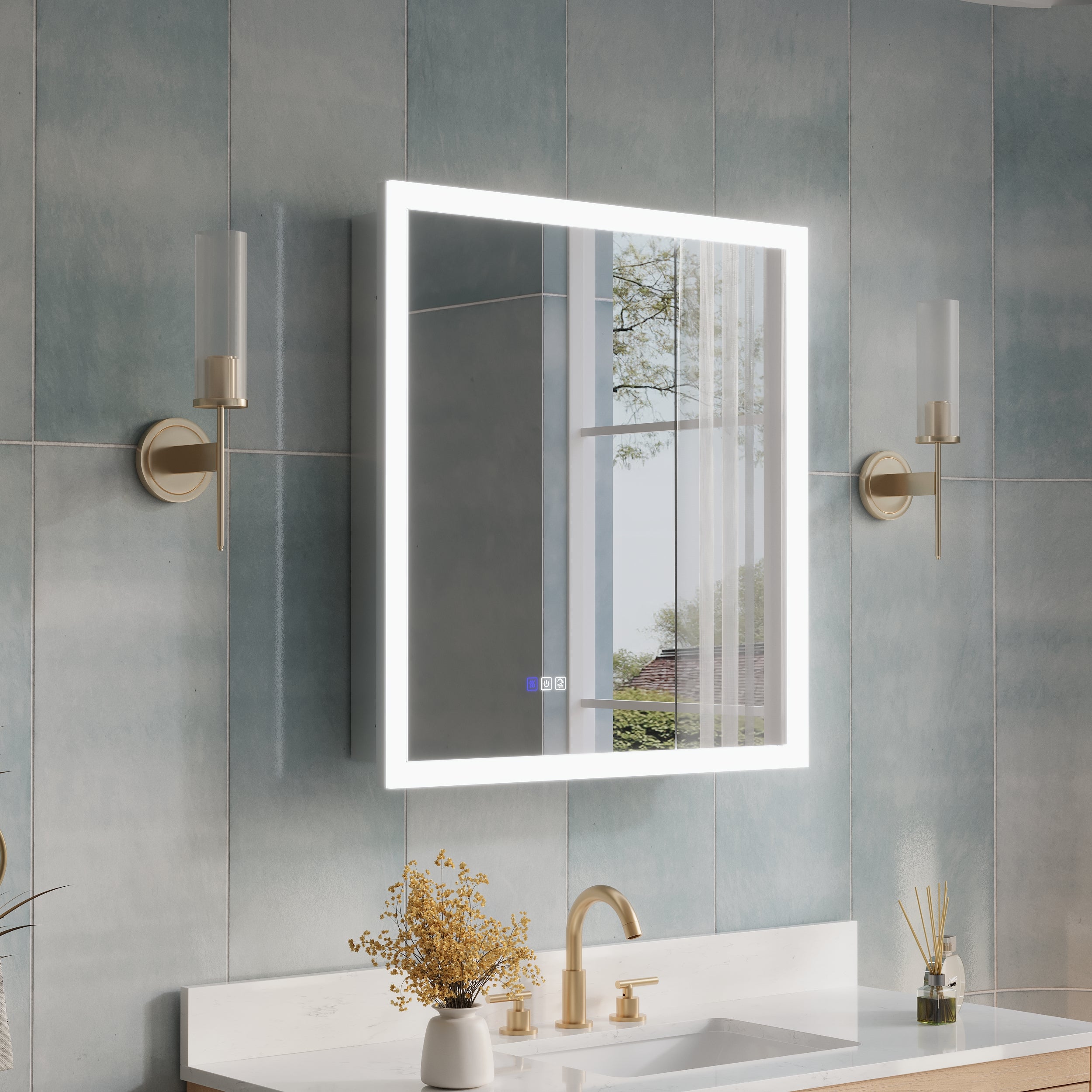
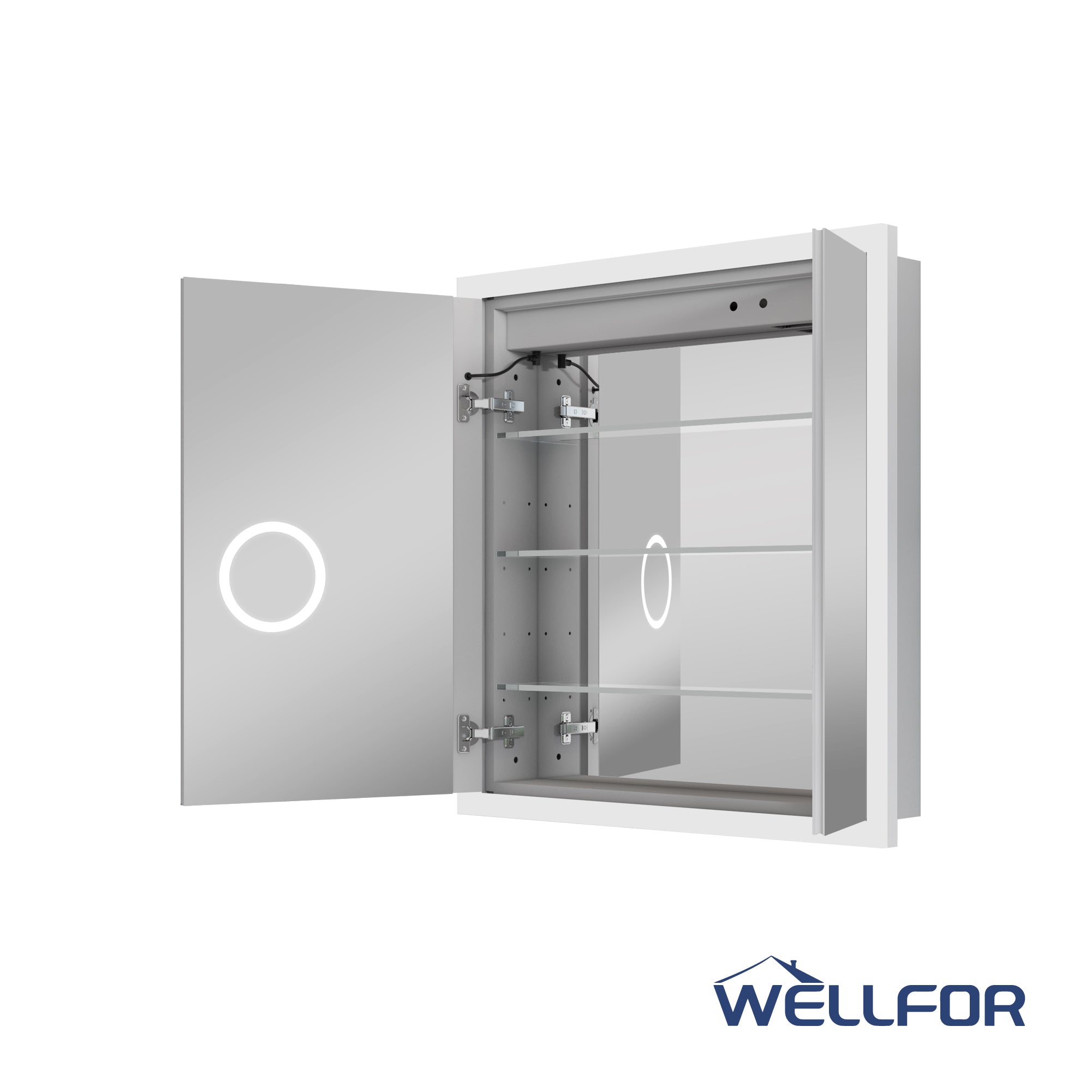
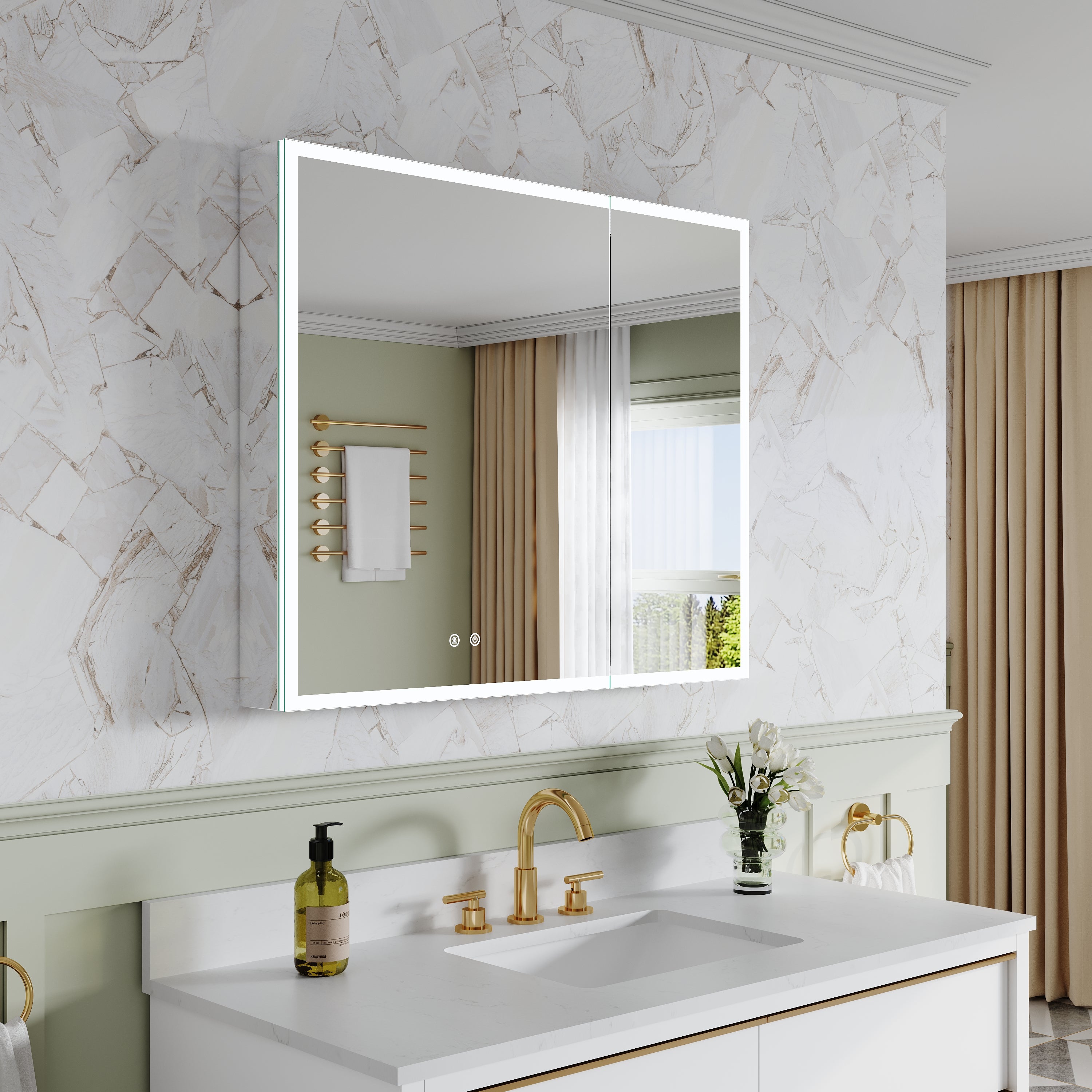
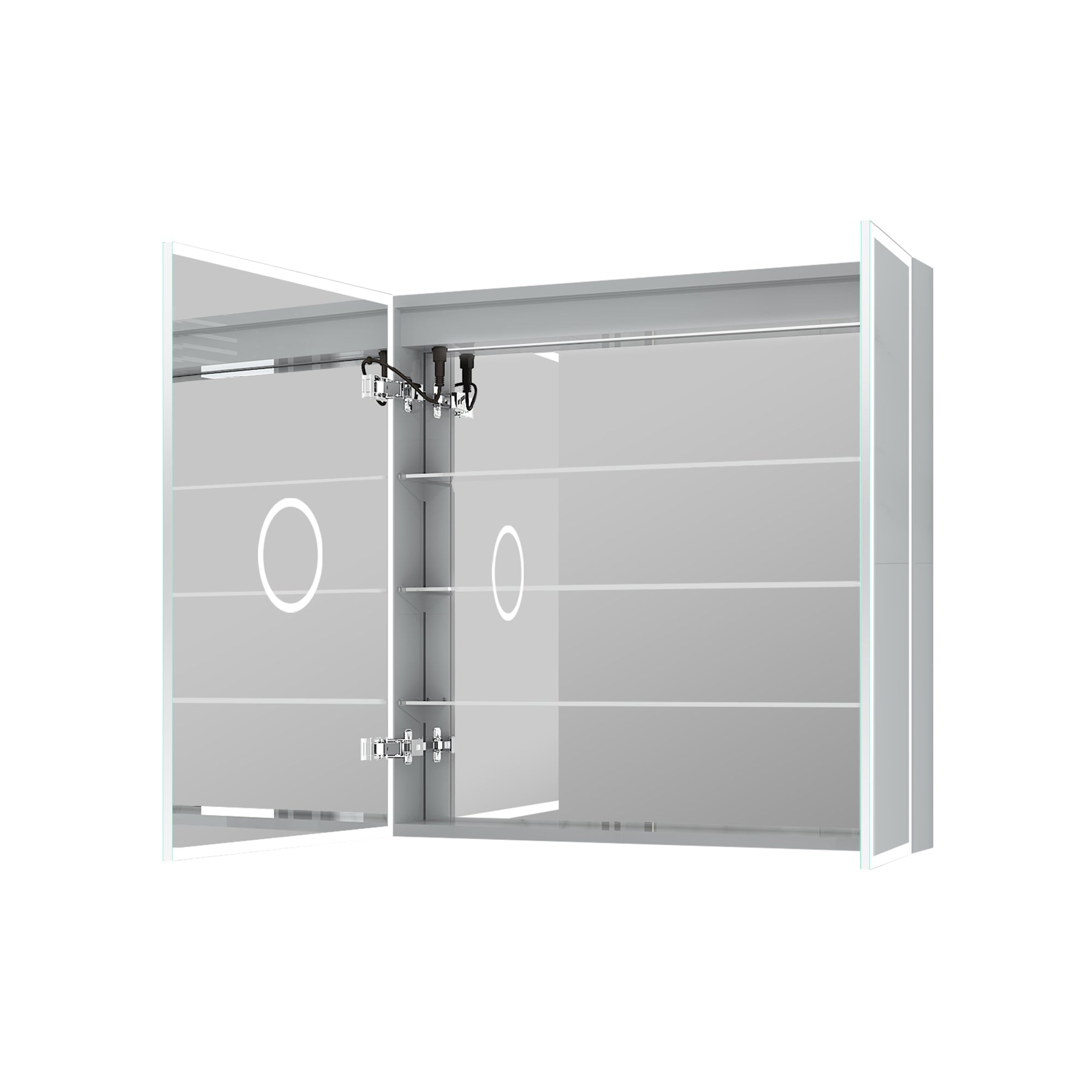
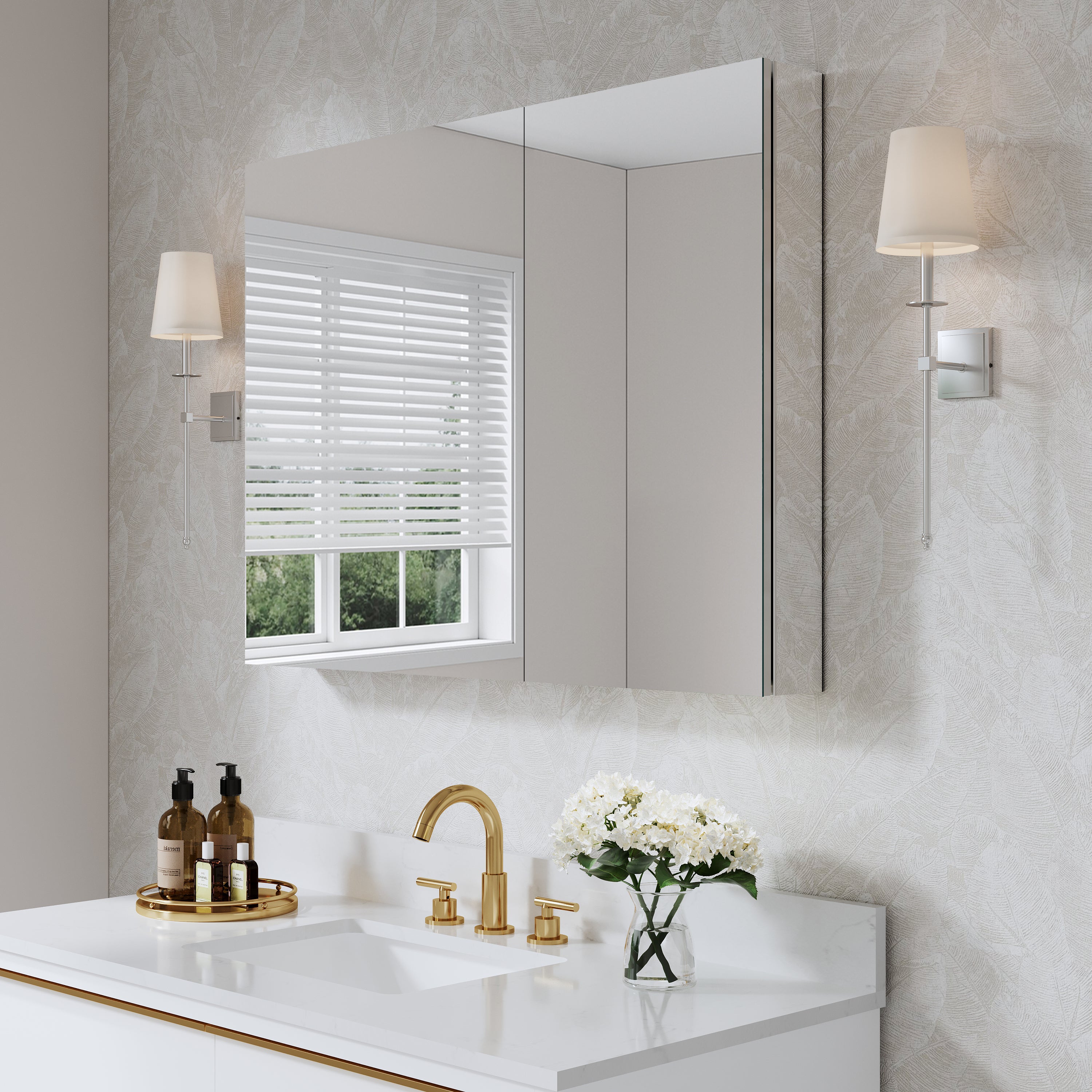

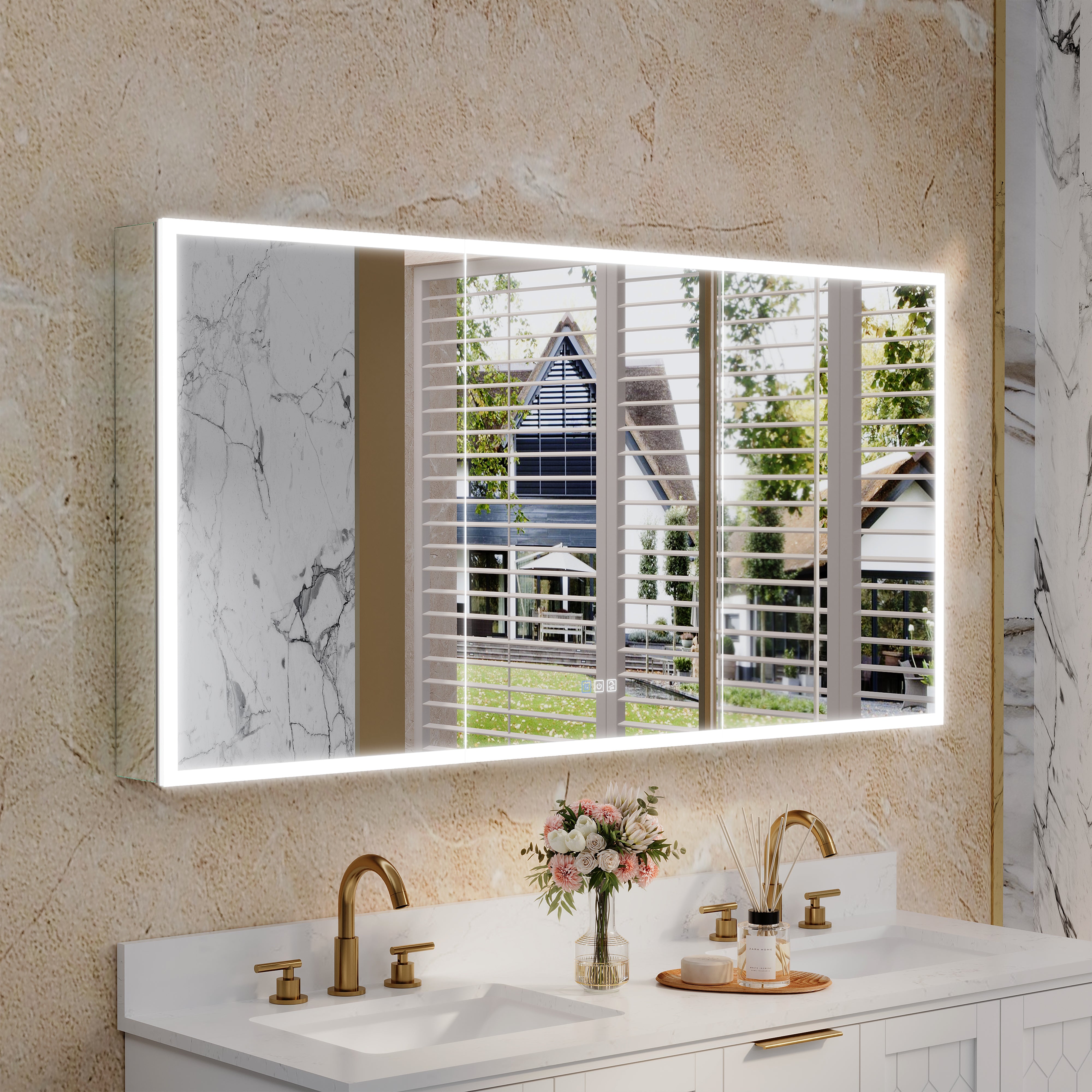
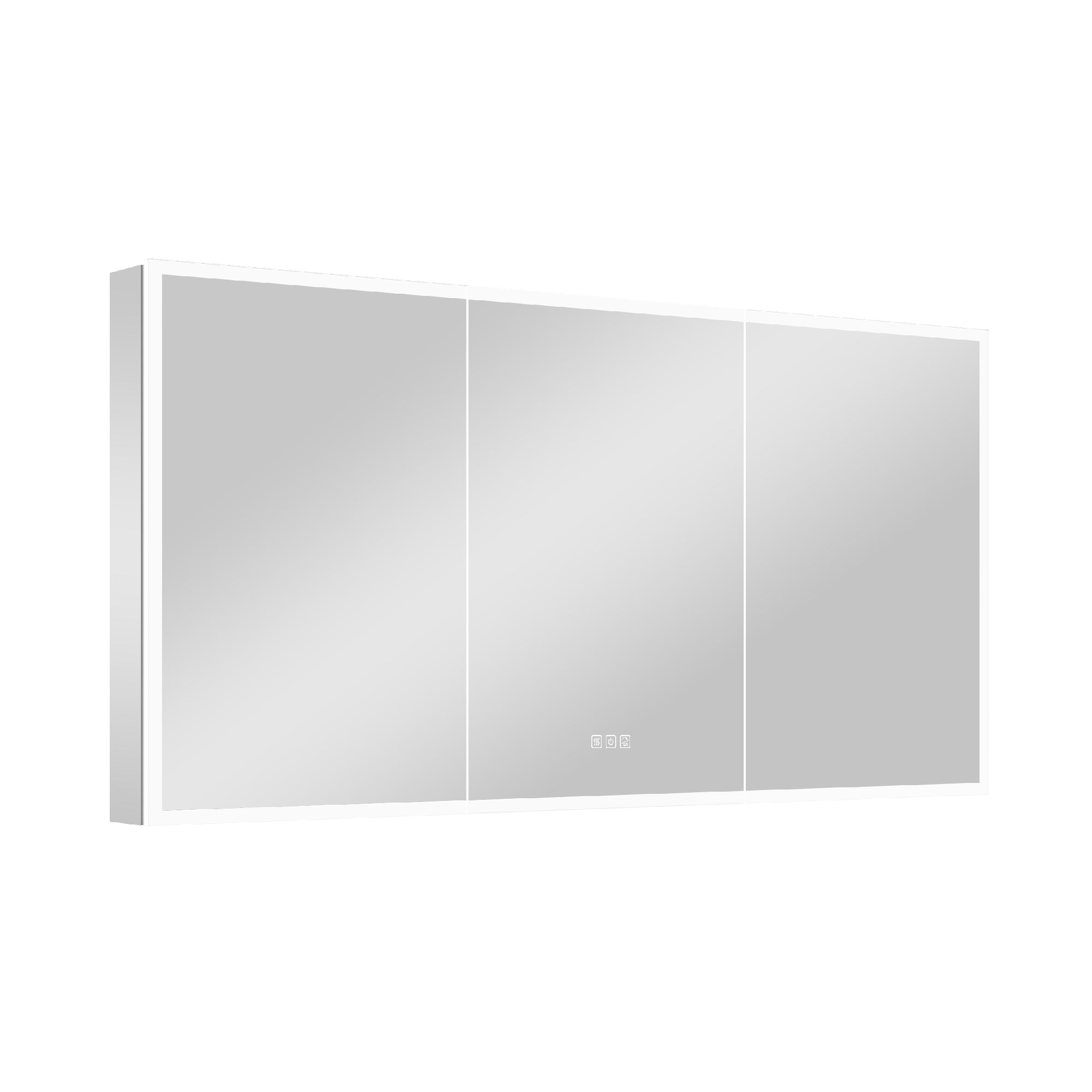
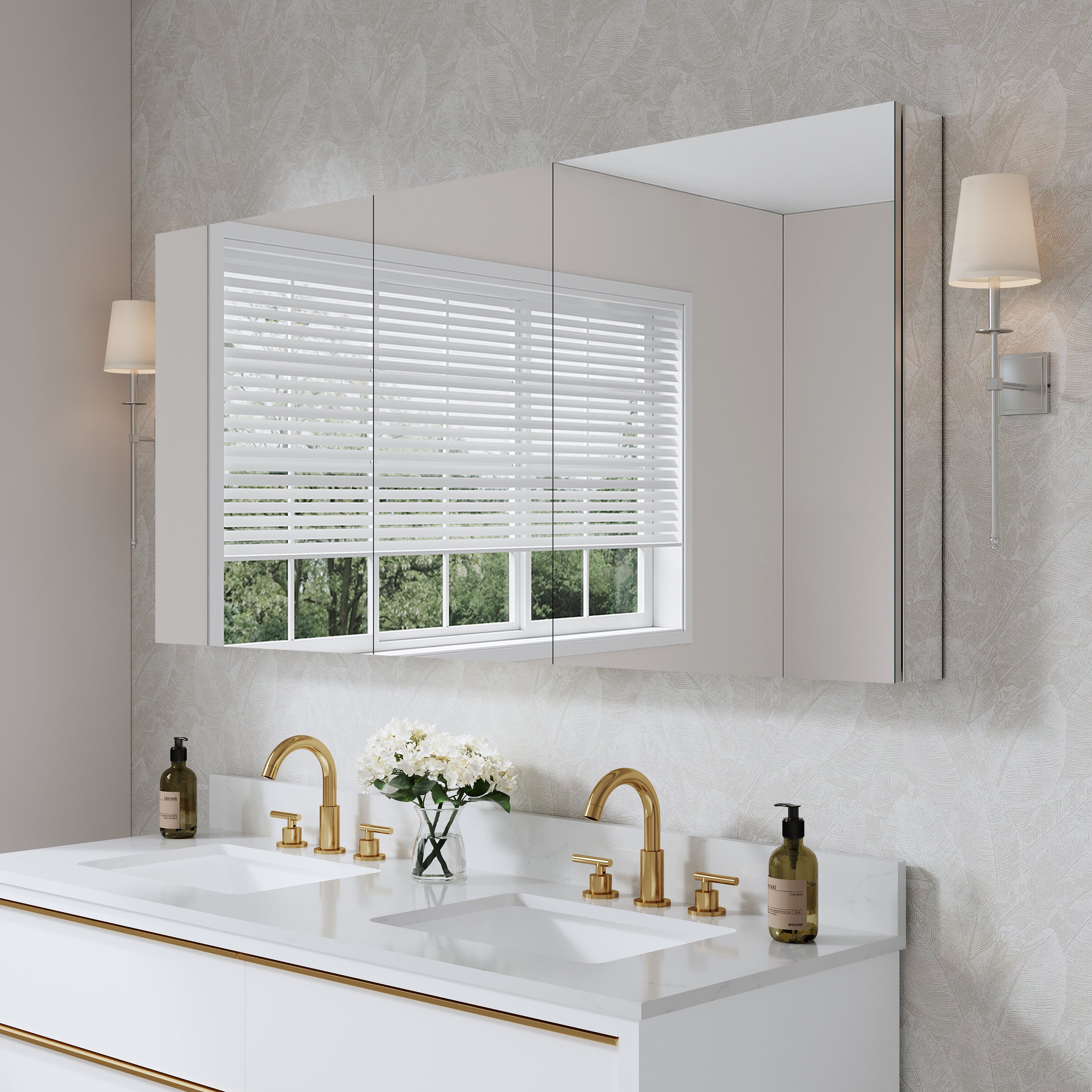

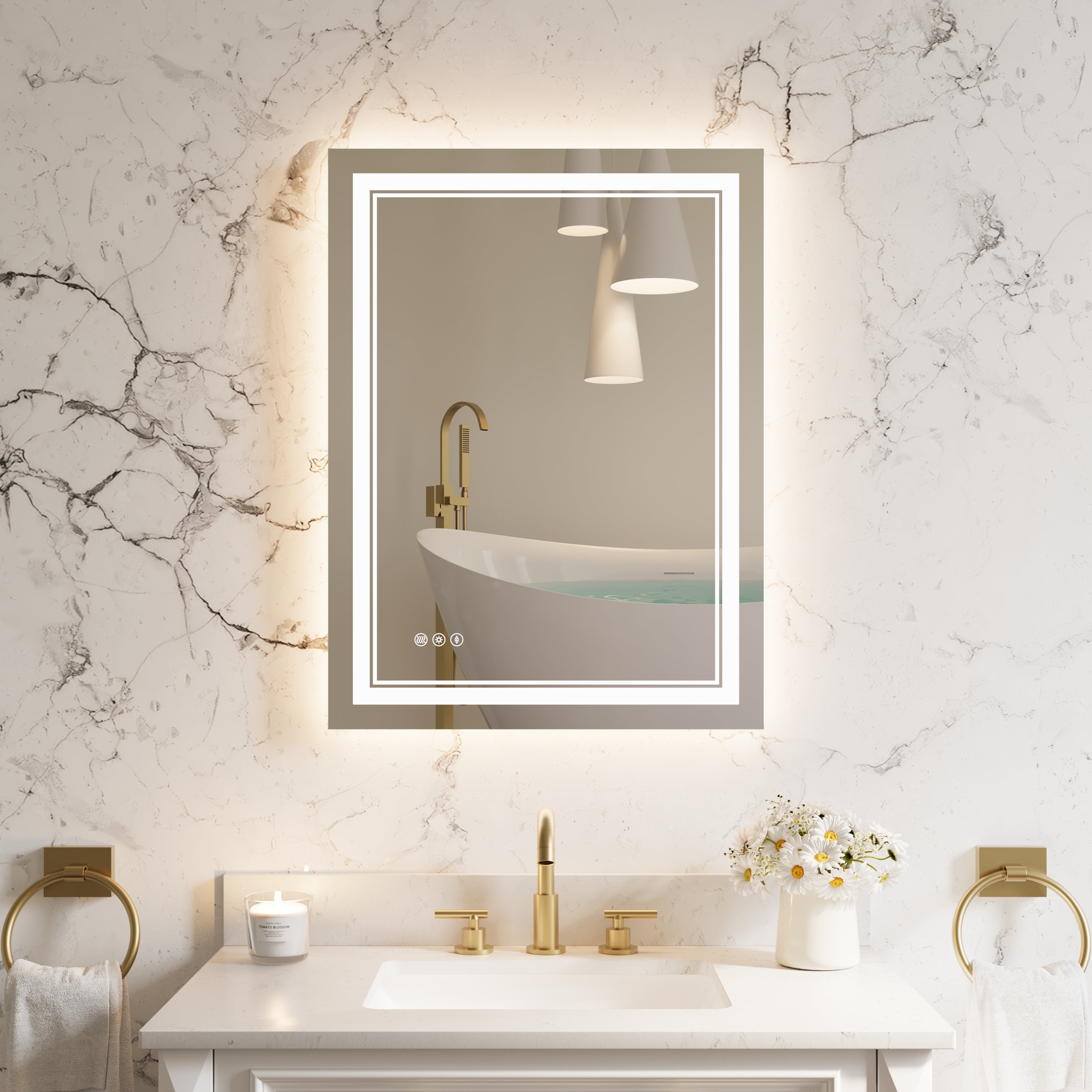
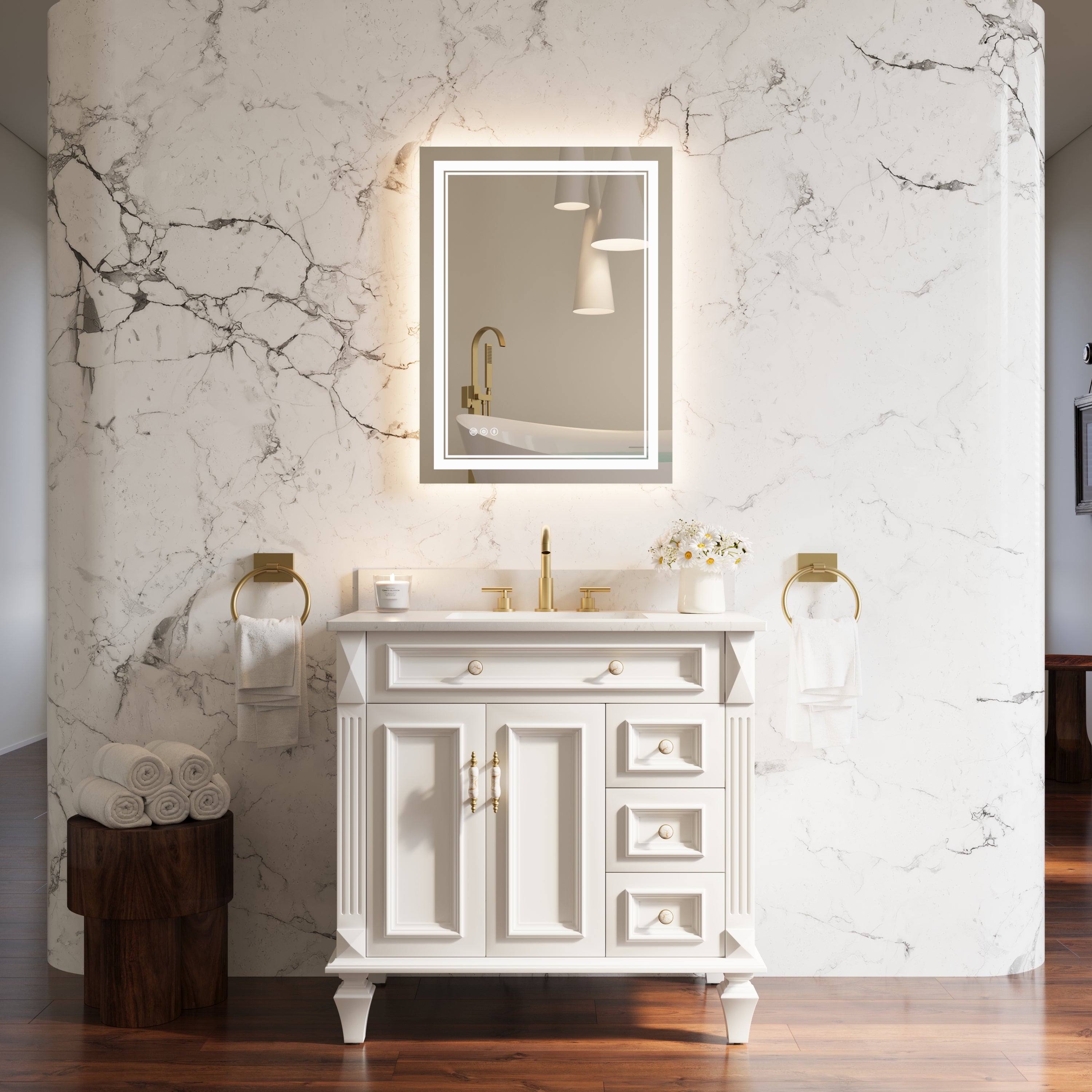
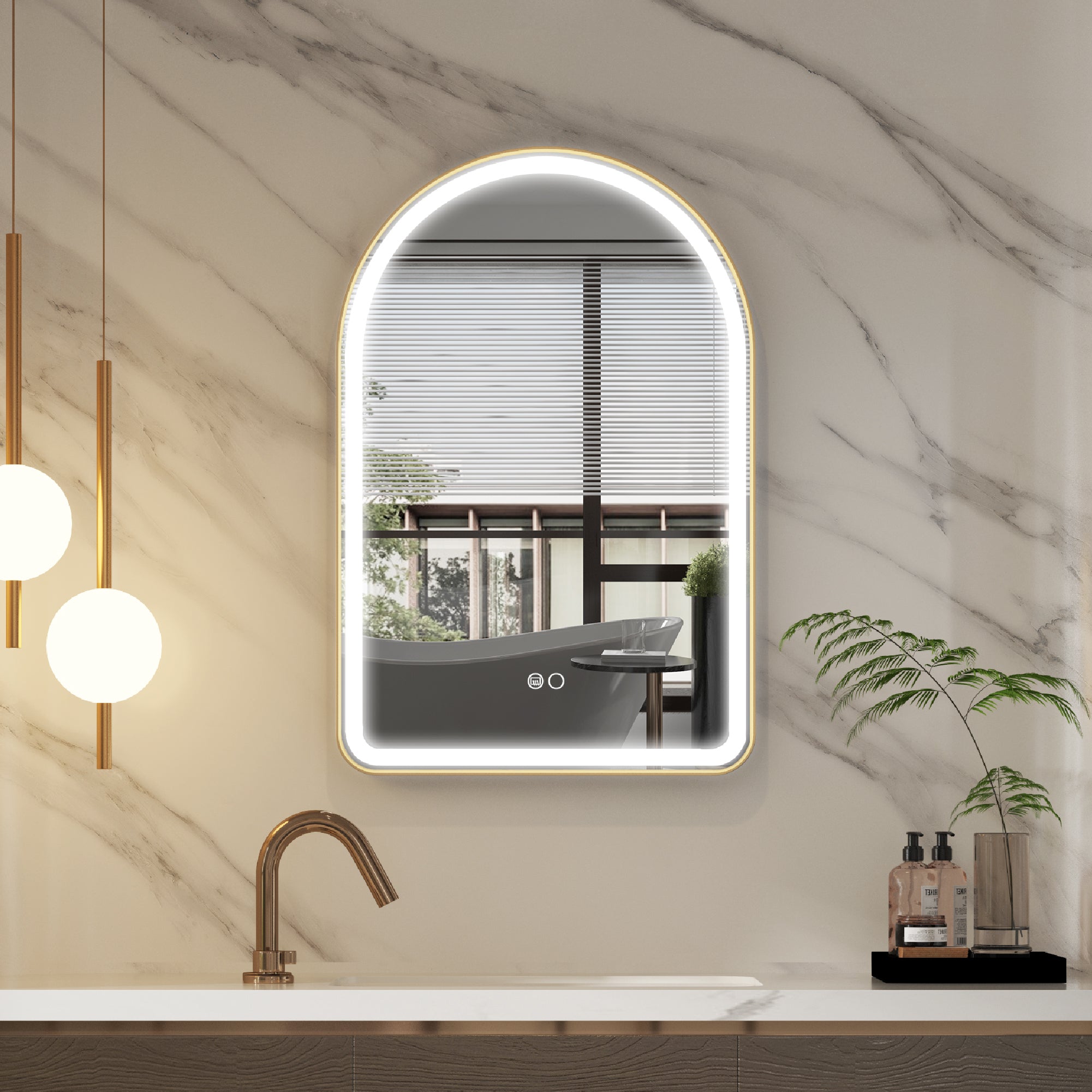
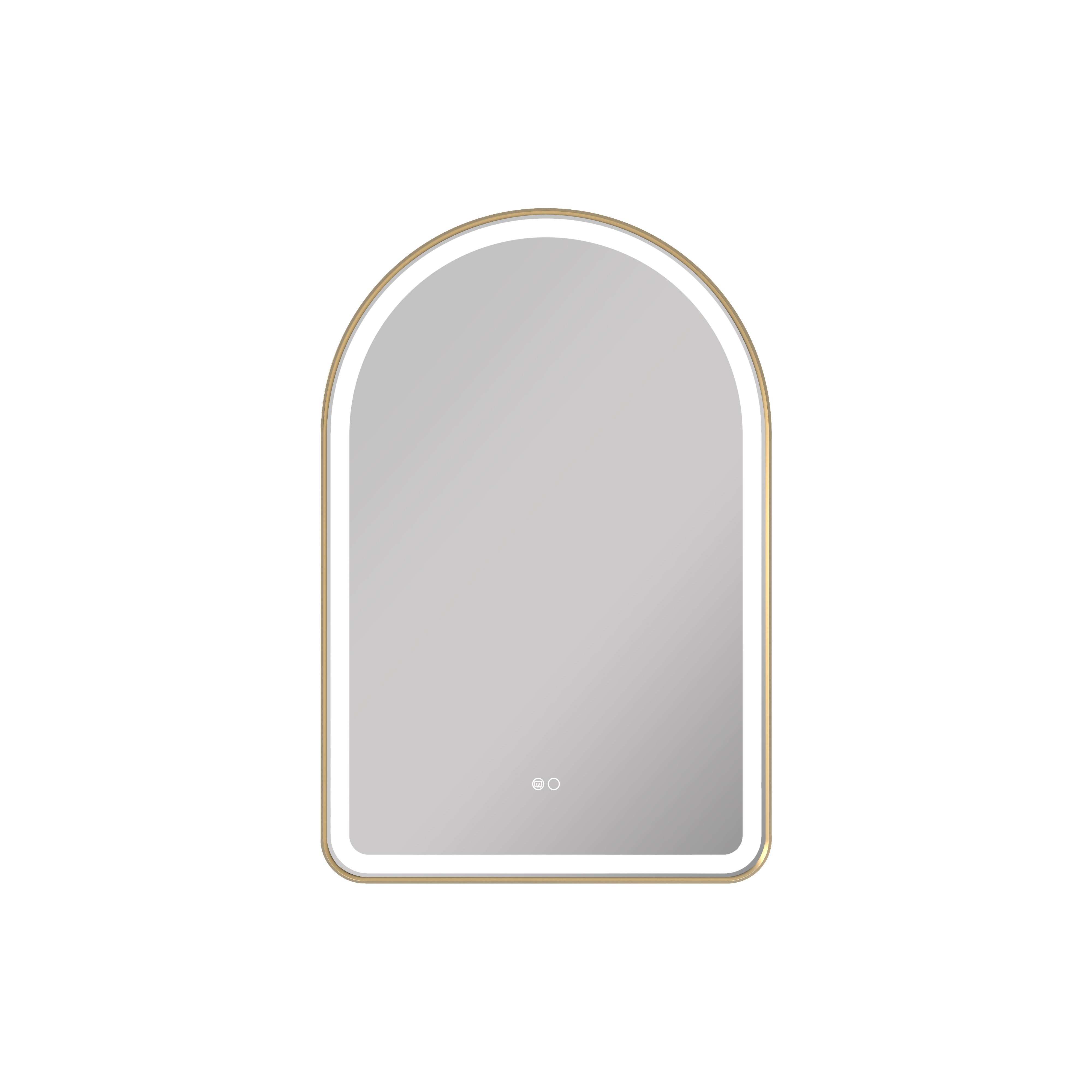
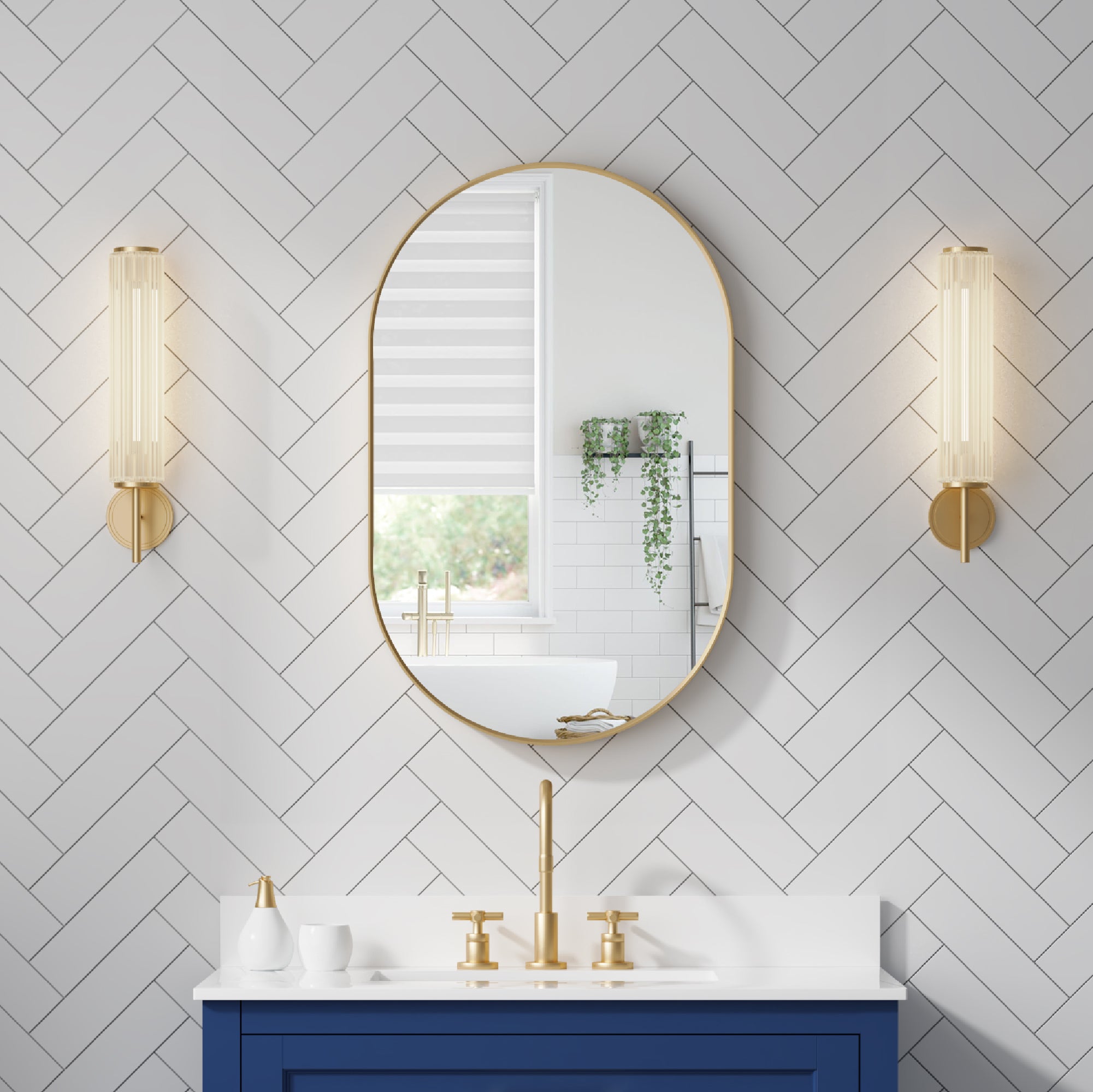
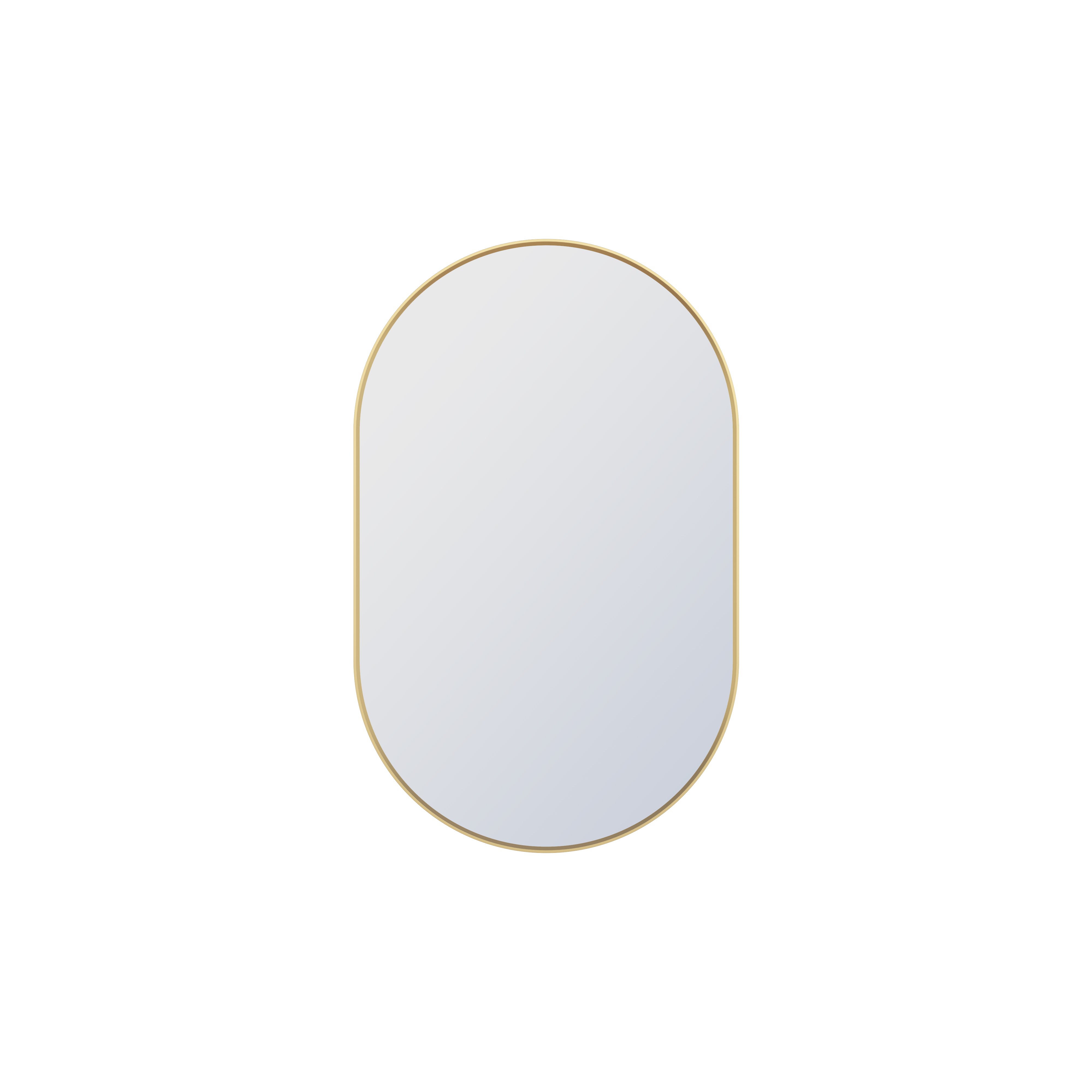


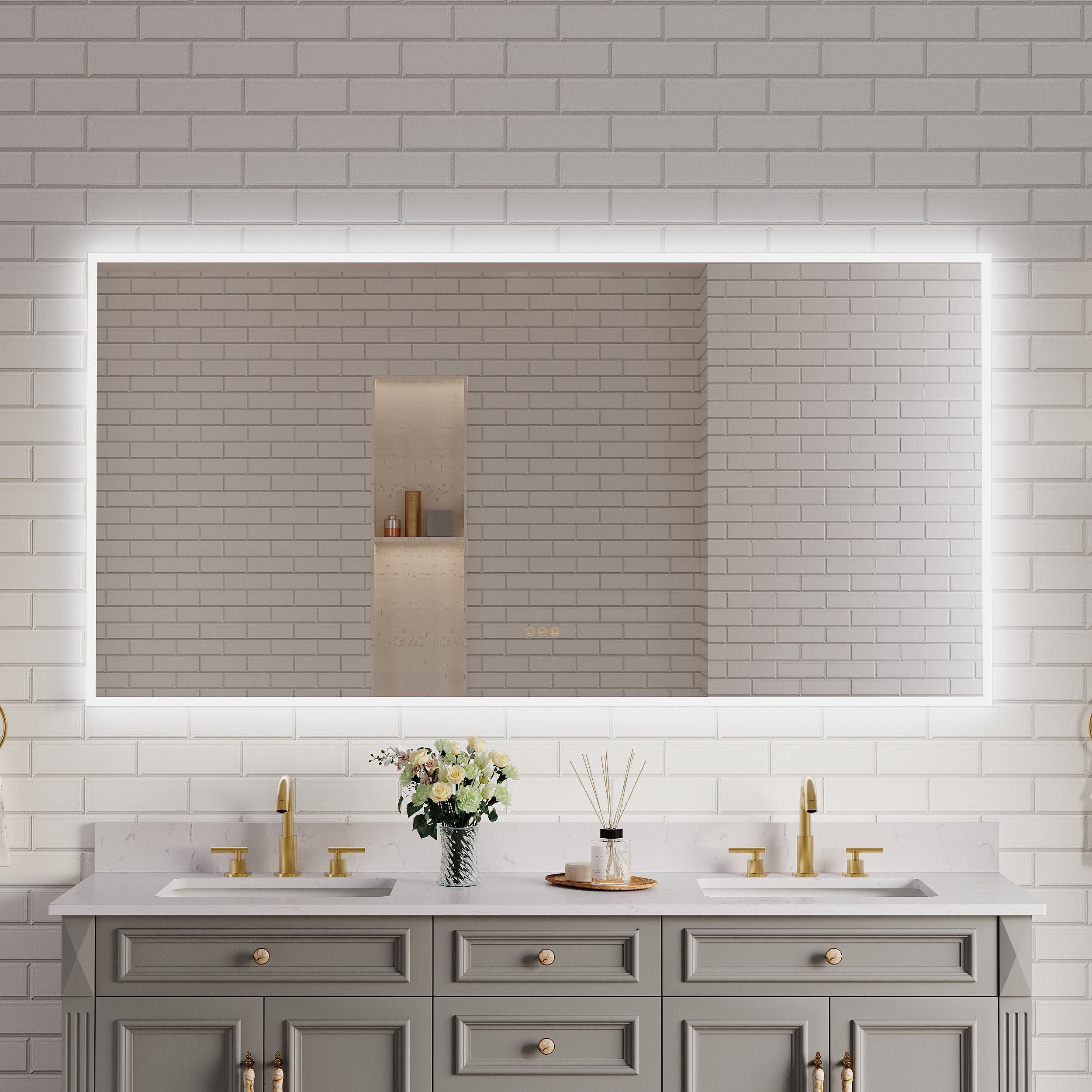





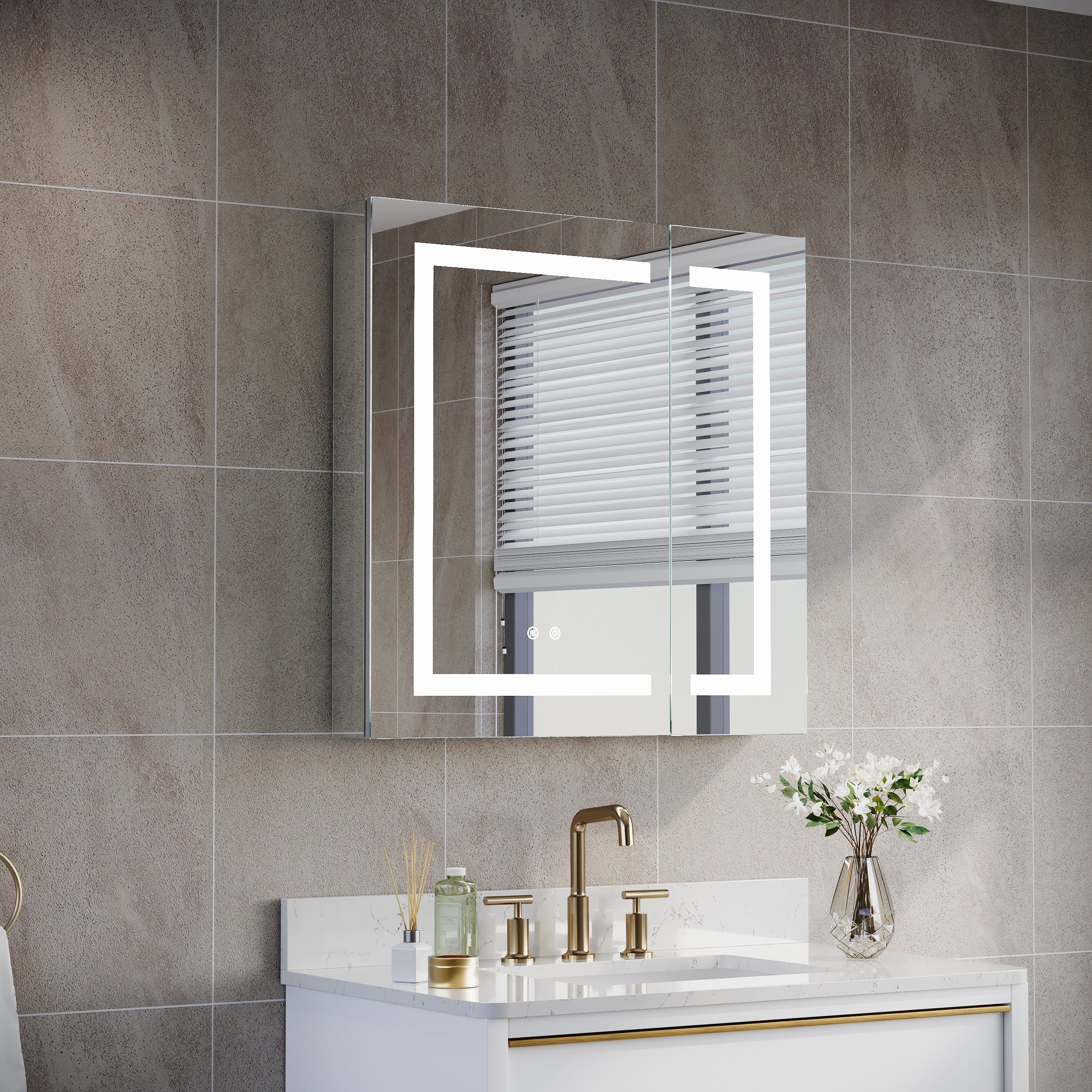
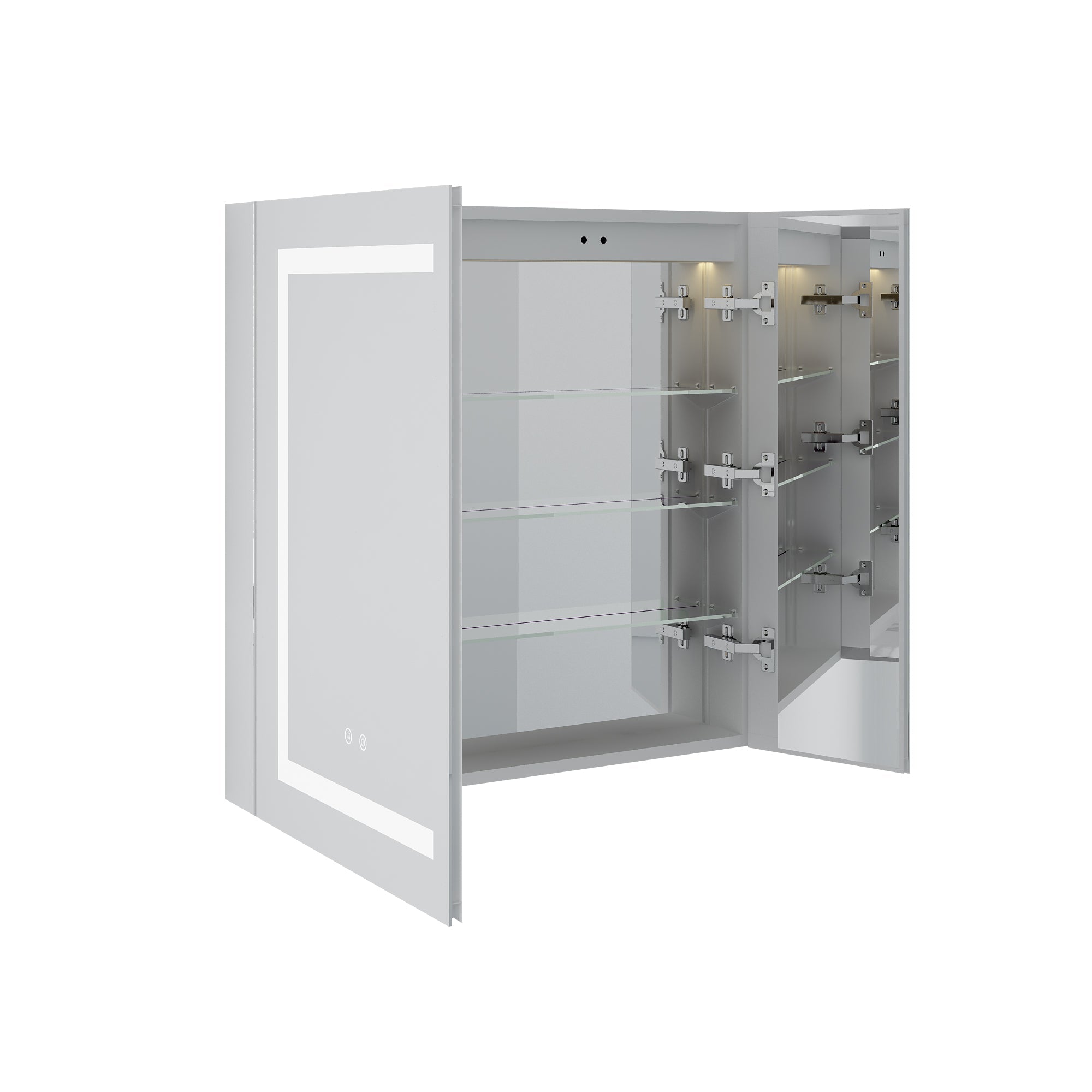




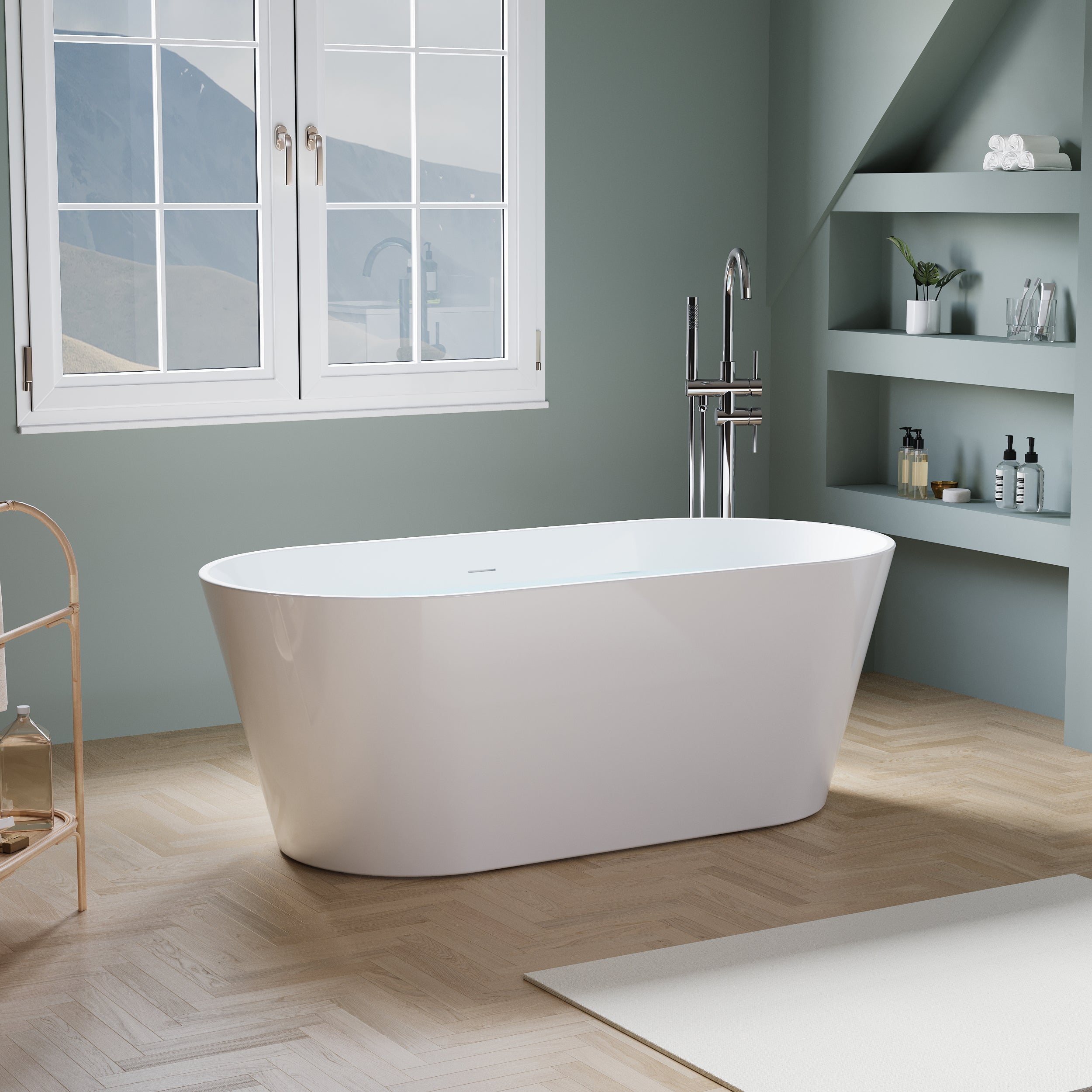
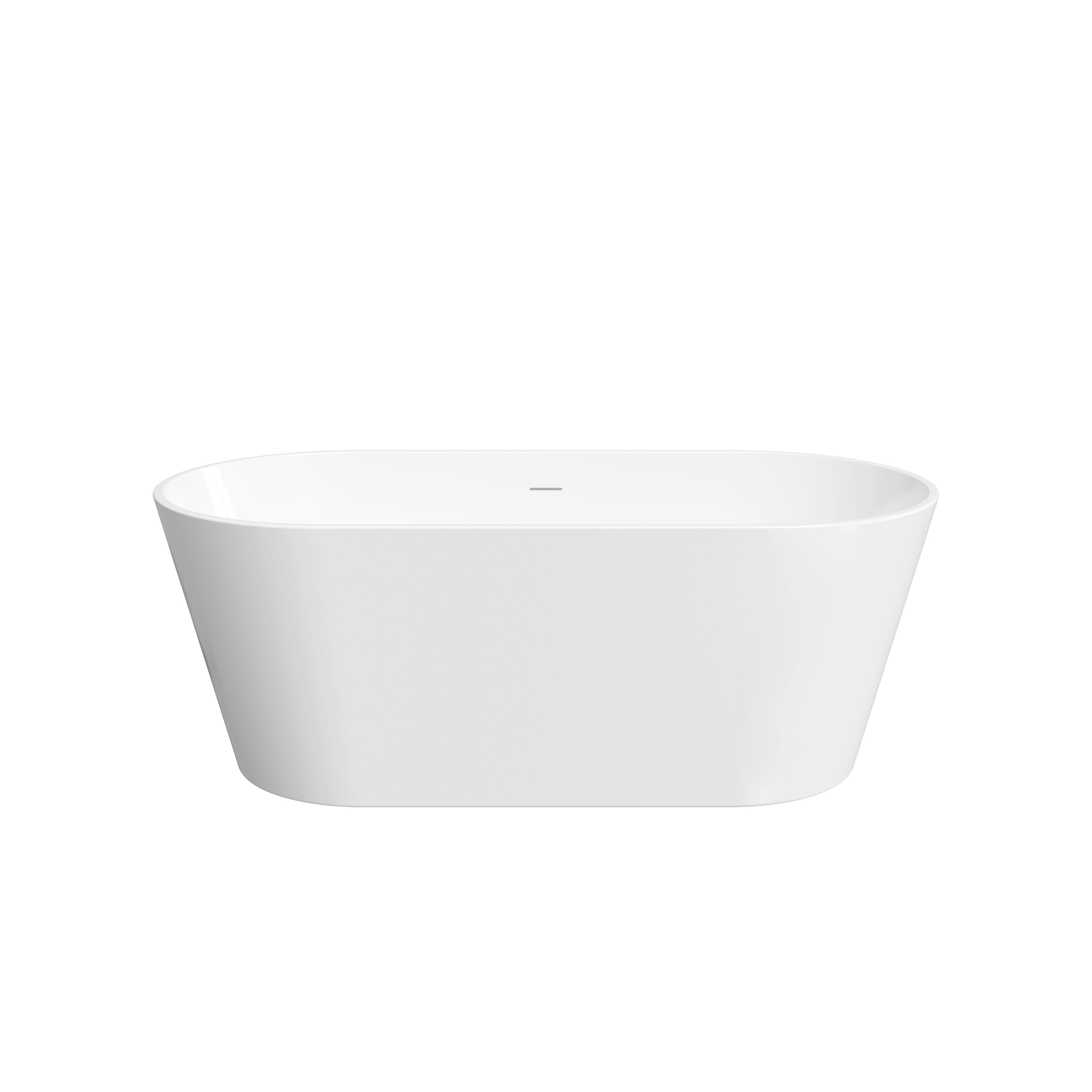


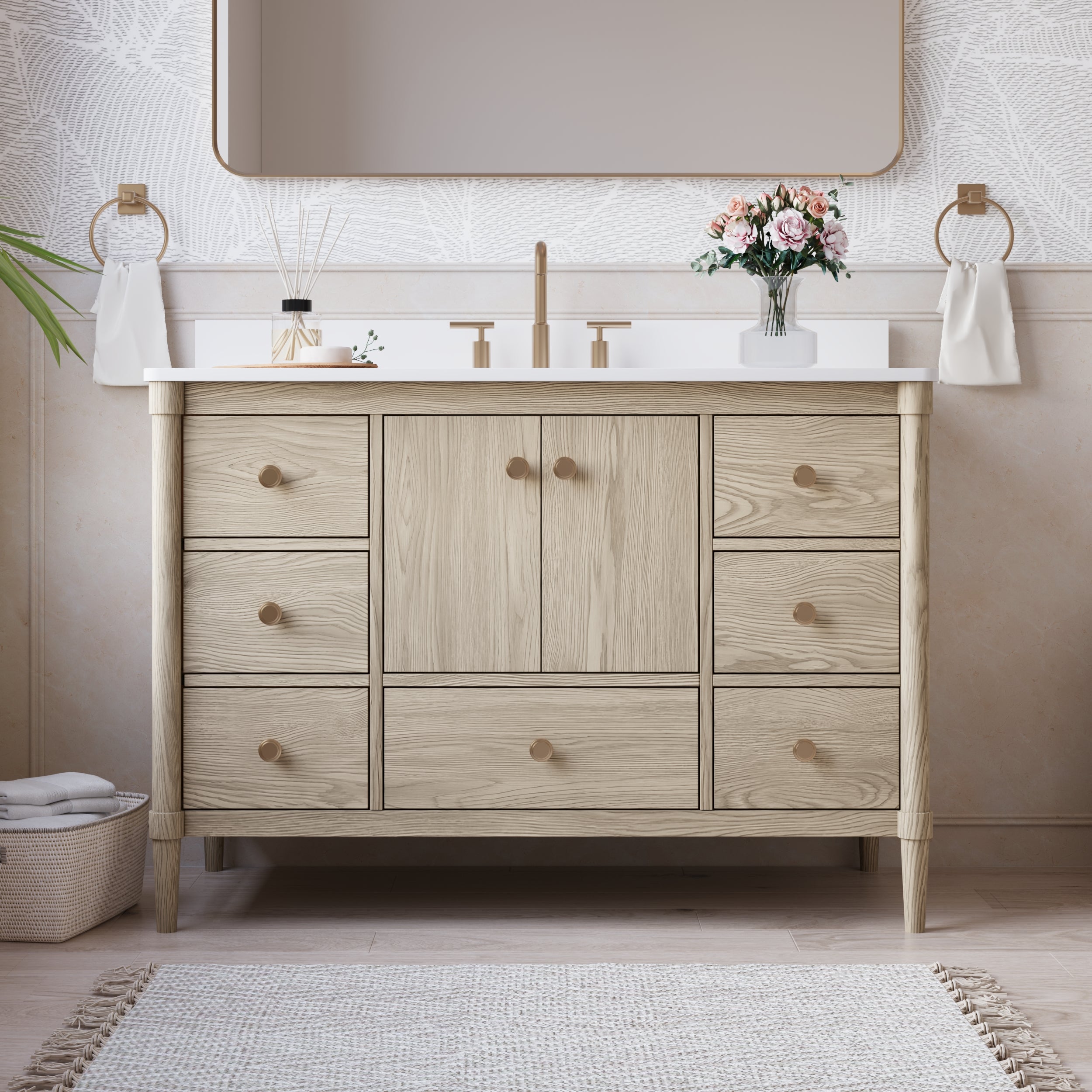
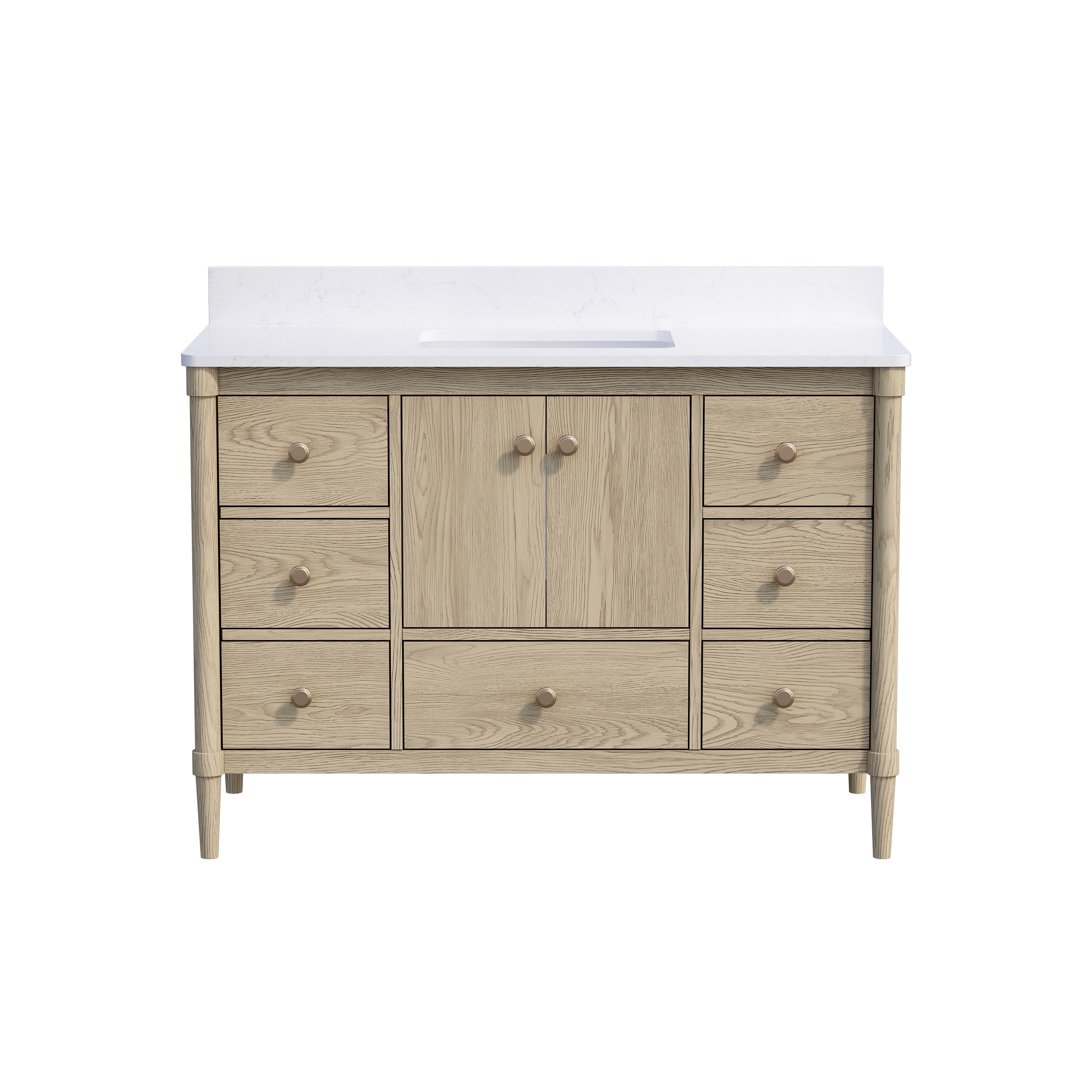
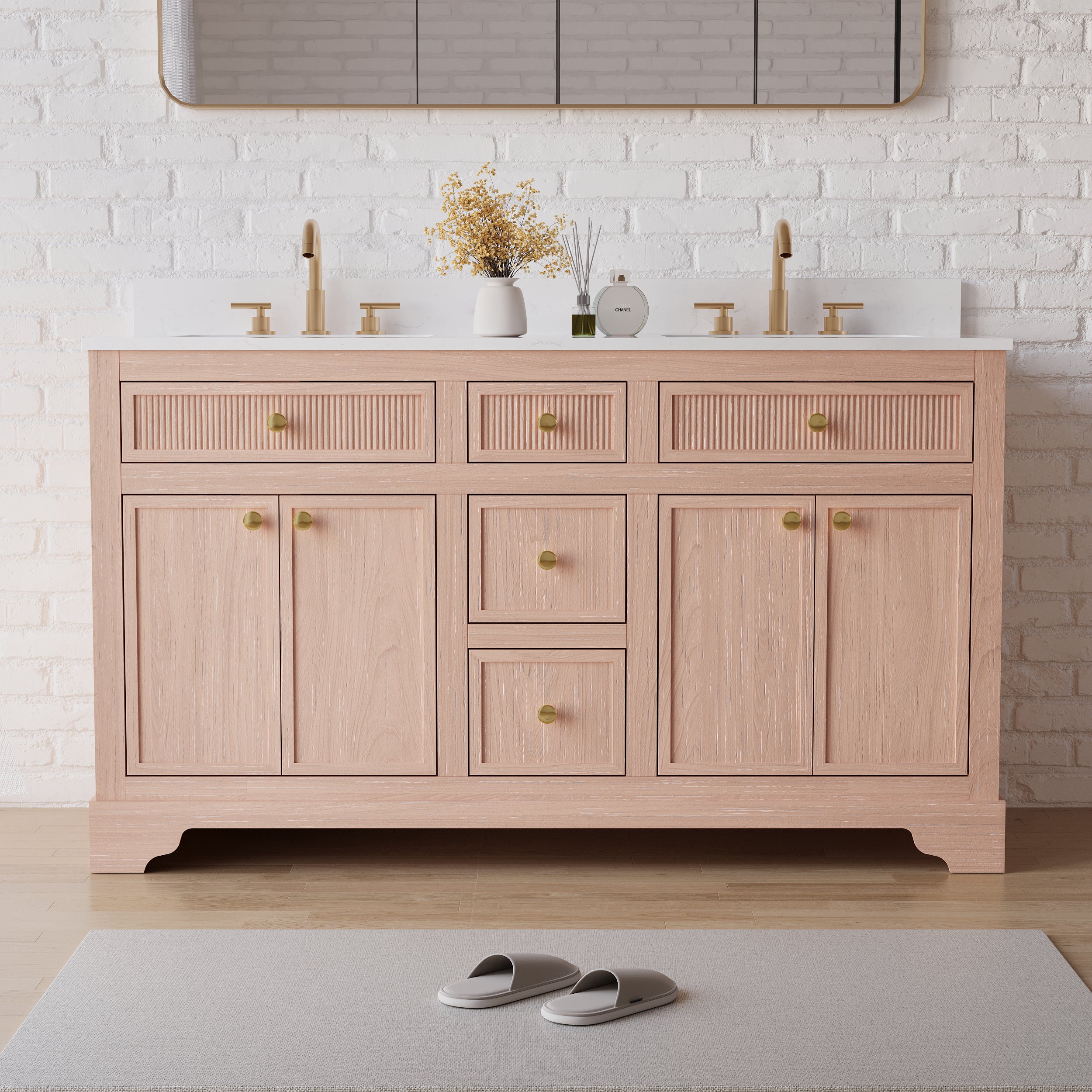
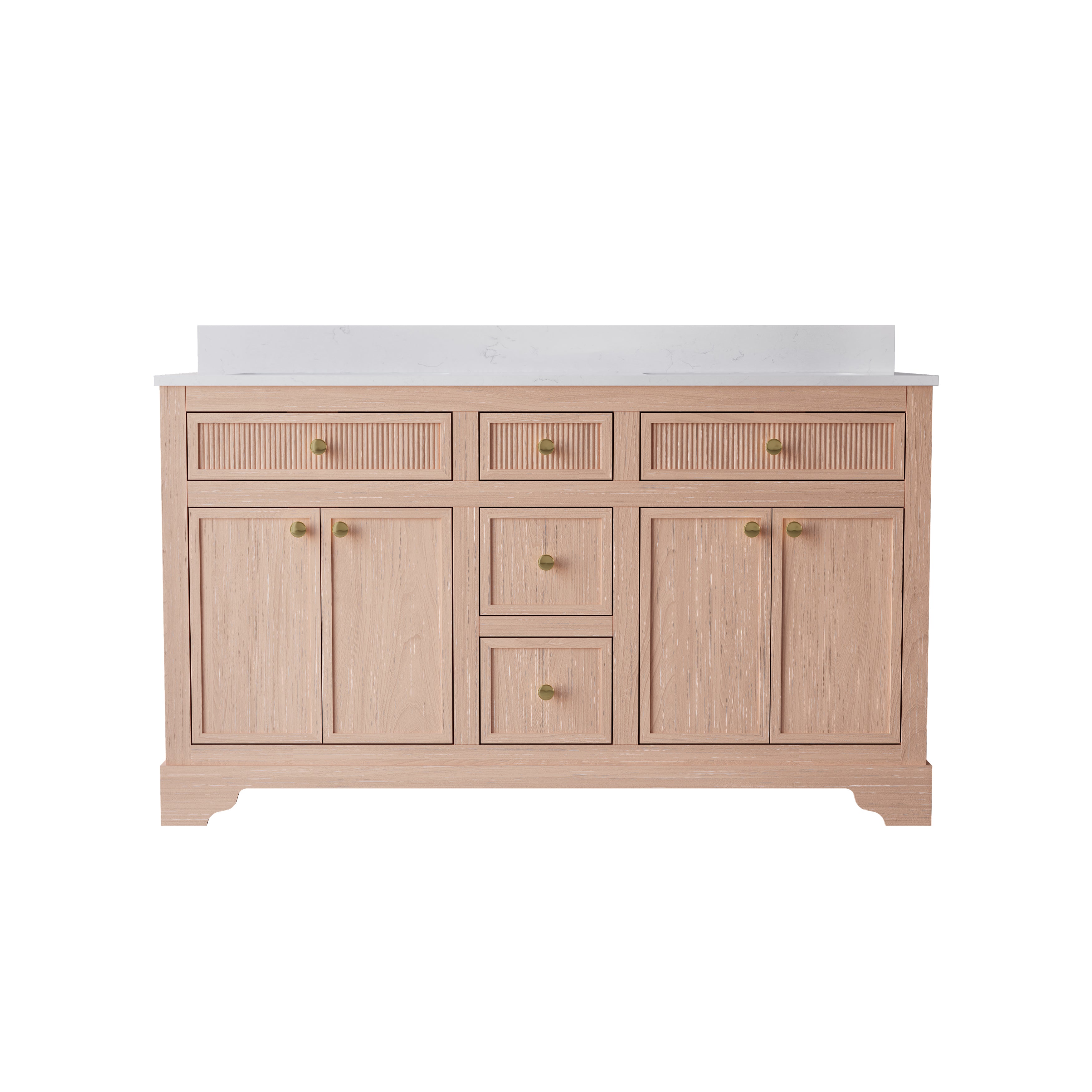
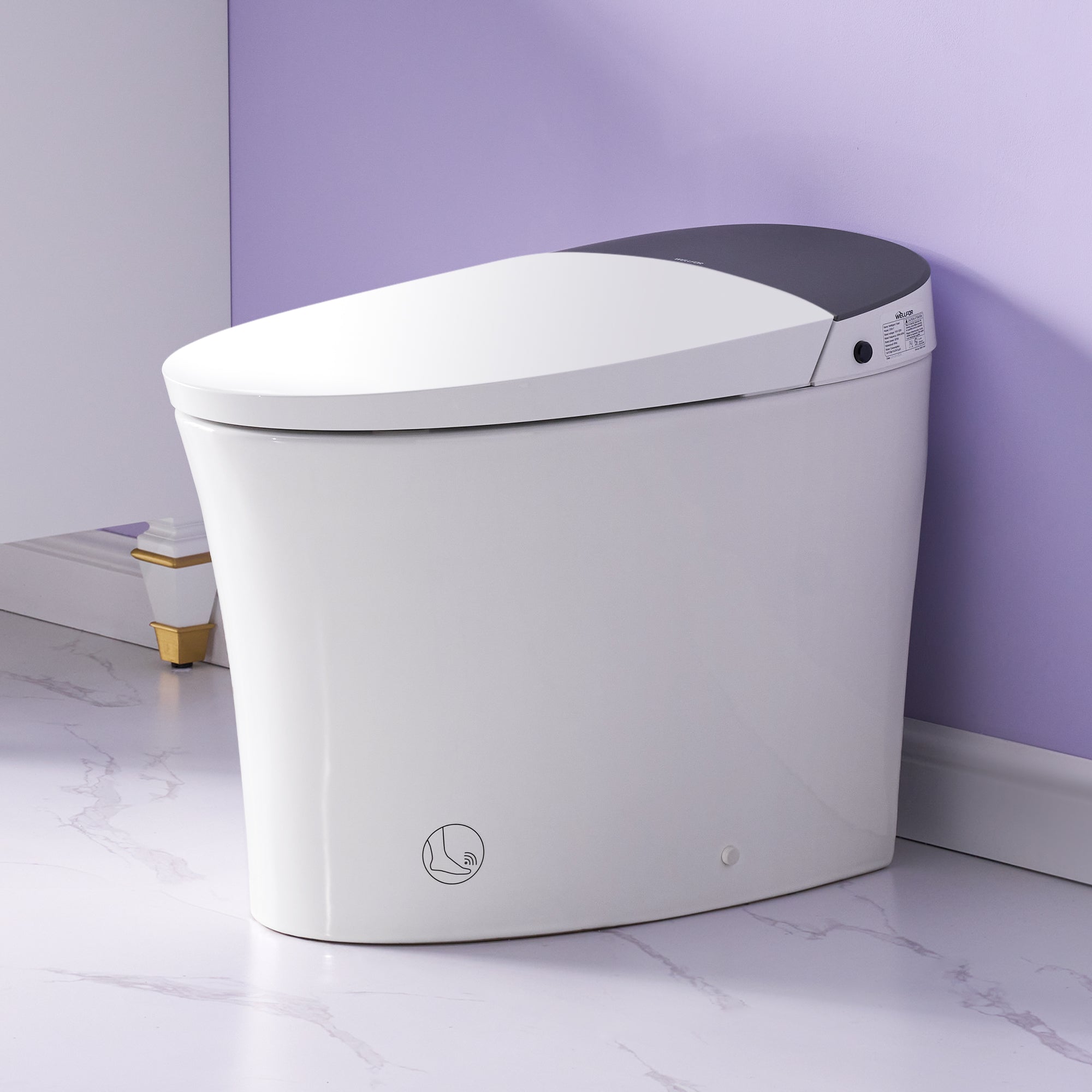
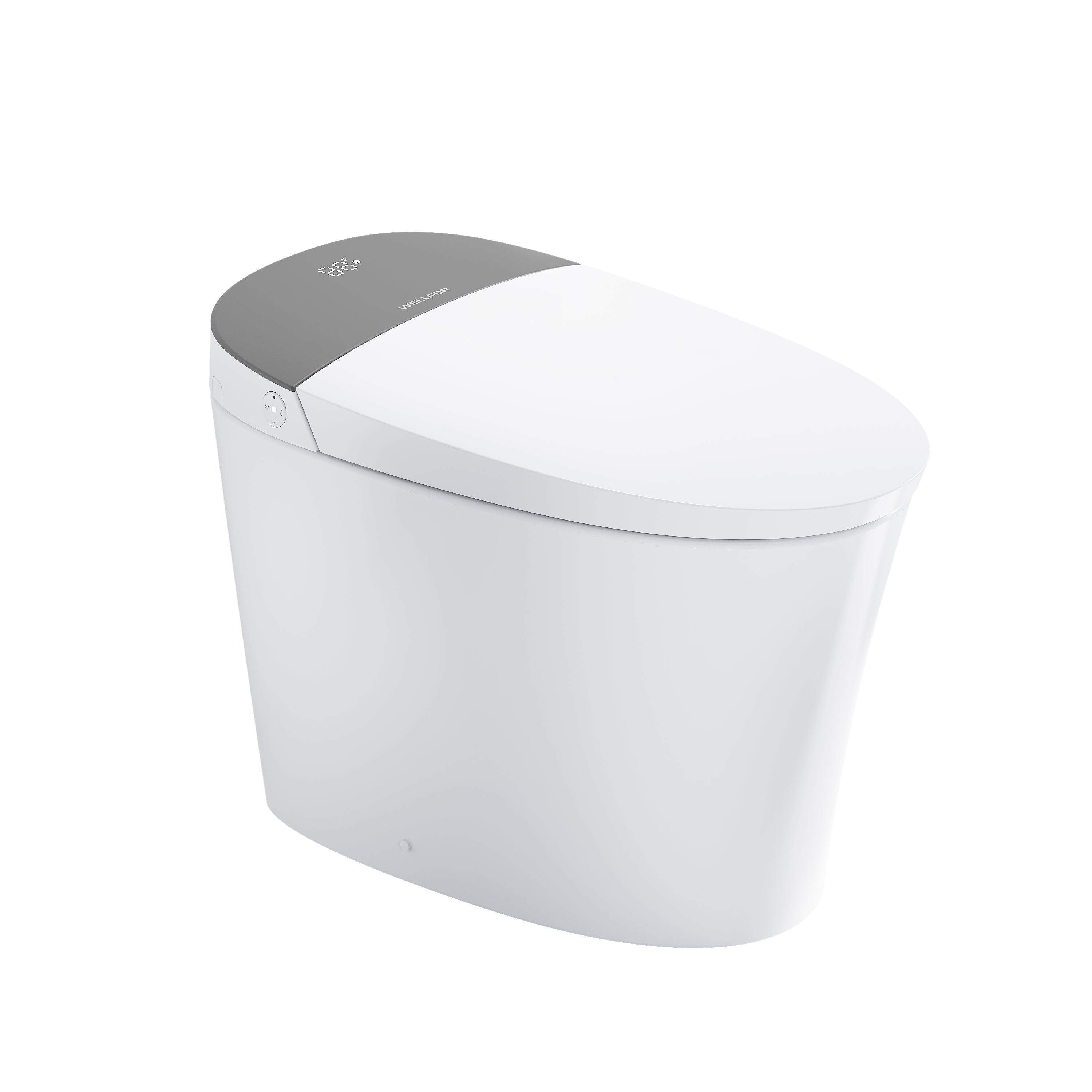
Leave a comment
This site is protected by hCaptcha and the hCaptcha Privacy Policy and Terms of Service apply.